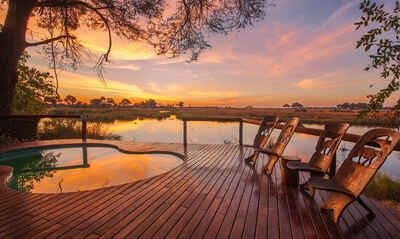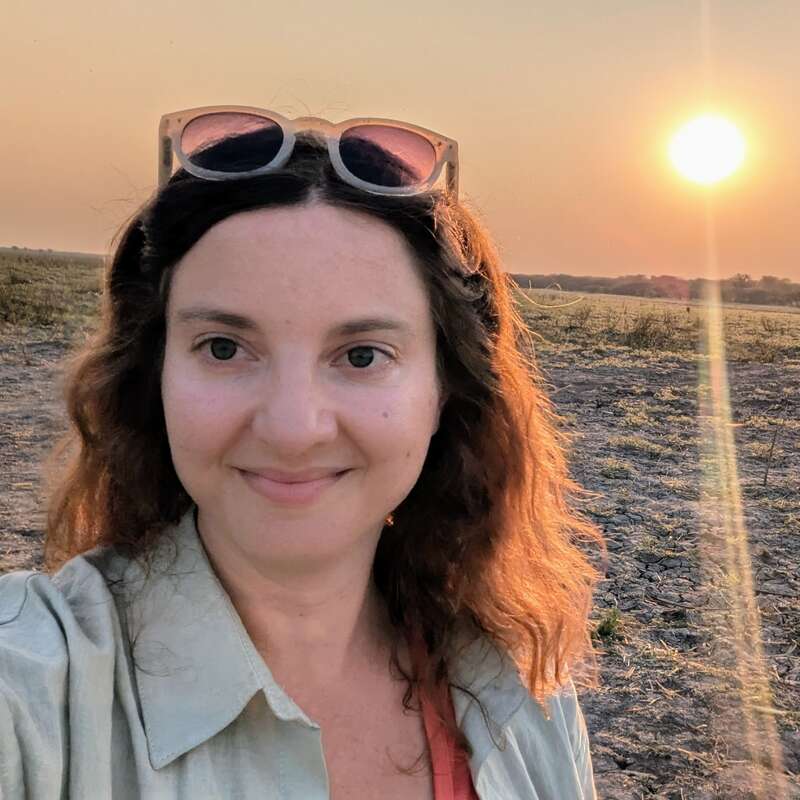About Lagoon Camp
Mention wild dogs and it’s not long before Lagoon Camp, in the vast private Kwando Reserve, comes into the frame.
On the banks of the Kwando River – and at the heart of the action – the camp takes safaris seriously, with many a vantage point for the wildlife enthusiast.
To maximise sightings, game drives through the riverine forest onto the open plains are led by both a guide and a tracker, while river trips on a double-decker boat give elevated views over the reeds.
Wildlife watching from camp is pretty good, too, with numerous vantage points. Start in the early hours from your bed, raised above the lounge area in front, or from a deck chair on your private veranda, before moving to the campfire for breakfast.
At lunchtime, keep watch from the dining table; in the afternoon from the free-form pool, the swing seat, or the cosy tree-level lounge.
Both chalets and central area are spacious and airy, their stretched canvas walls and open sides – or huge mesh windows – accentuating the openness of the environment.
Décor is generally muted and uncluttered; thatched roofs blend into the surroundings; and linking it all are expanses of wooden decking, gleaming in the sun. No wonder an air of comfort and relaxed efficiency prevails.
Our view
Lagoon Camp's attractive riverside setting and generally excellent game viewing have made it very popular amongst our travellers. Unforgettable predator sightings are often the highlight and the experienced guides will make it their mission to try to keep up with the pack. Some travellers will love this firm focus on predator sightings; others may find their pursuit, to the exclusion of other wildlife, frustrating and disappointing.
Accommodation
8 thatched chalets
Children
Best for 12+
Open
All year
Activities

4WD Safari

Birdwatching

Boat trip

Fishing

Guided walking safari

Helicopter

Night drive

Private activities
Traveller reviews of Lagoon Camp
288 real, un-edited reviews from Expert Africa's travellers.
Arrived 5 Jun 2025, 4 nights
"Lagoon Camp review"
Overall rating: Excellent
Arrived 1 Jun 2025, 3 nights
"Lagoon Camp review"
Overall rating: Good
Arrived 26 May 2025, 3 nights
"Cats, cats, cats"
Overall rating: Excellent
Arrived 19 May 2025, 2 nights
"Fantastic Lagoon Camp Safaris and Stay"
Overall rating: Excellent
Arrived 10 Mar 2025, 5 nights
"Lagoon Camp review"
Overall rating: Excellent
Arrived 5 Feb 2025, 3 nights
"Lagoon Camp review"
Overall rating: Good
Arrived 10 Nov 2024, 3 nights
"Lagoon Camp review"
Overall rating: Excellent
Arrived 5 Nov 2024, 3 nights
"Lagoon Camp review"
Overall rating: Excellent
Arrived 29 Oct 2024, 3 nights
"Lagoon Camp review"
Overall rating: Excellent
Arrived 29 Oct 2024, 3 nights
"Lagoon Camp review"
Overall rating: Excellent
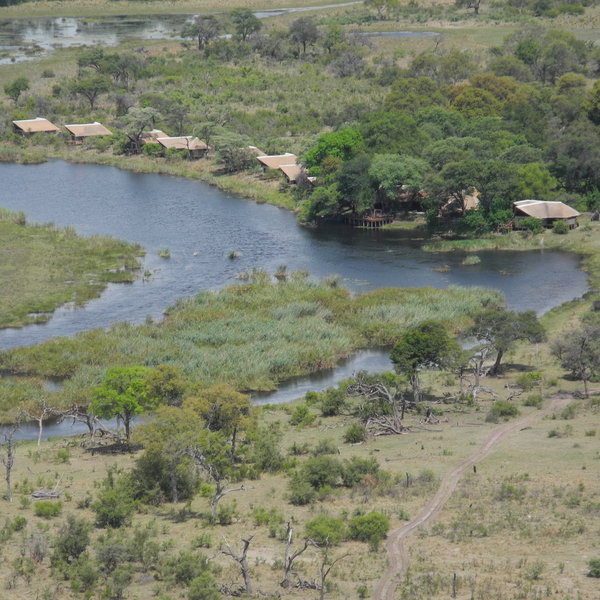
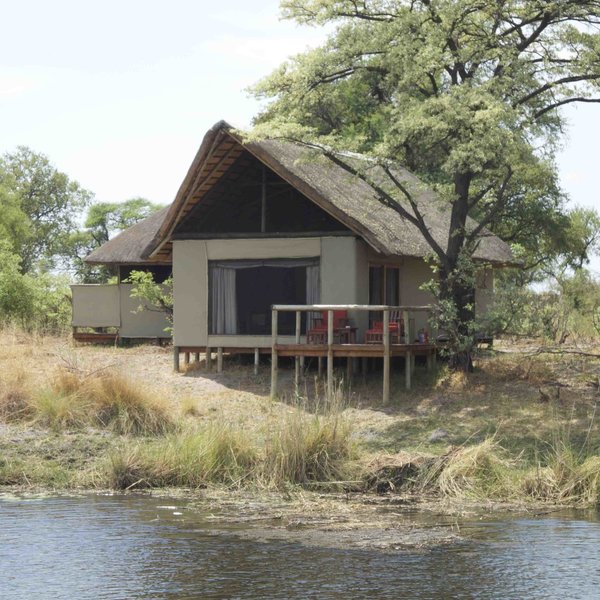
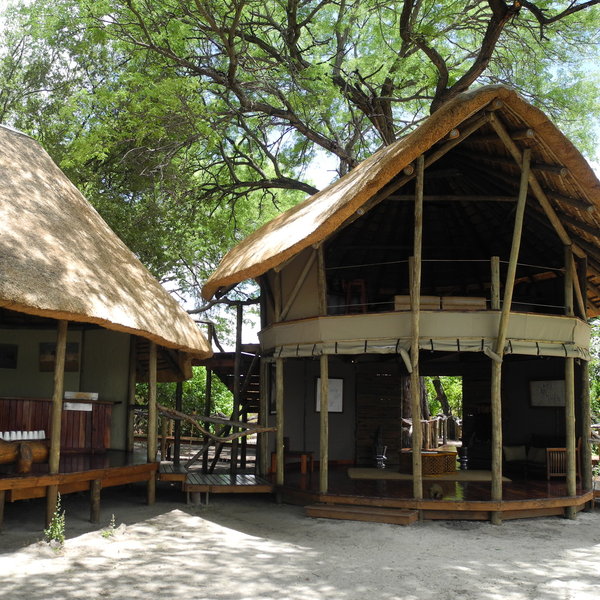
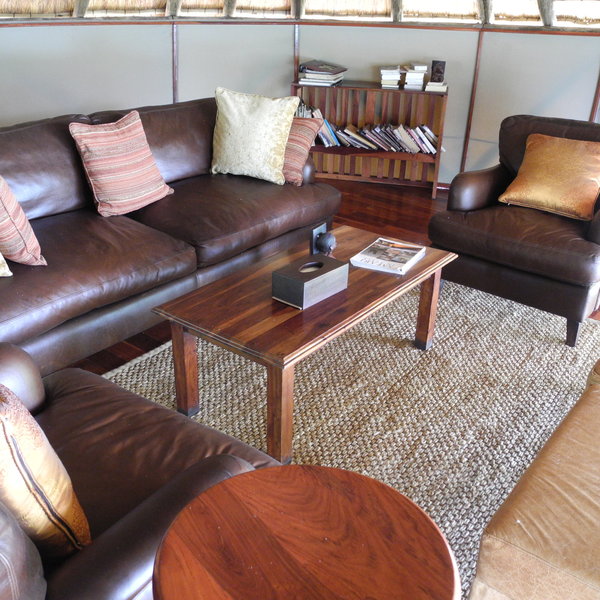
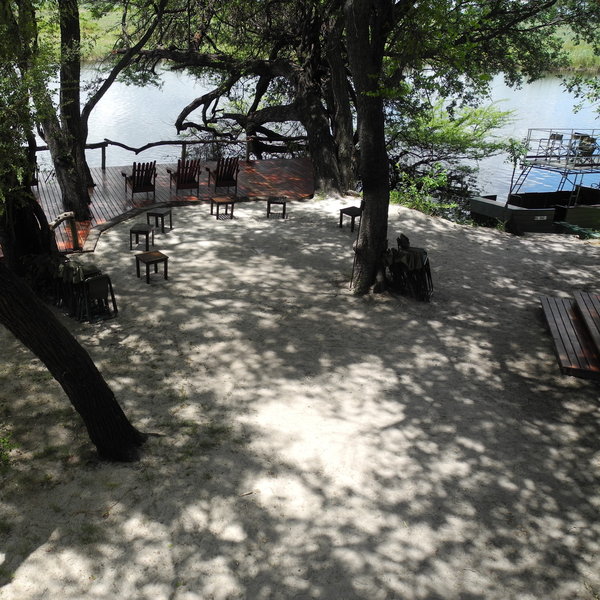
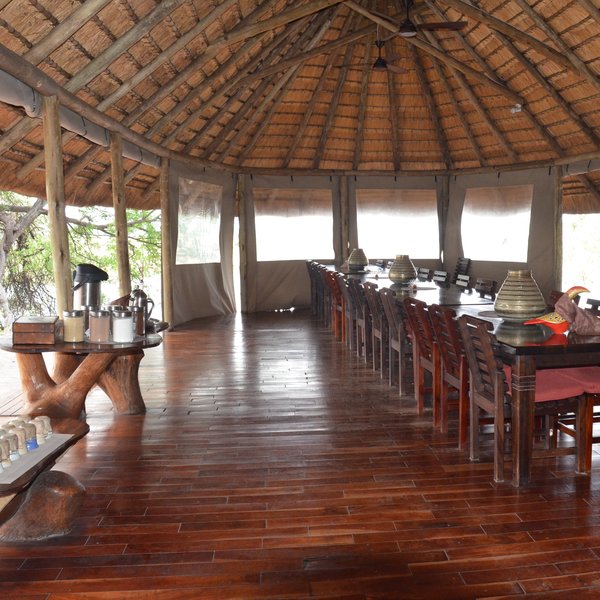
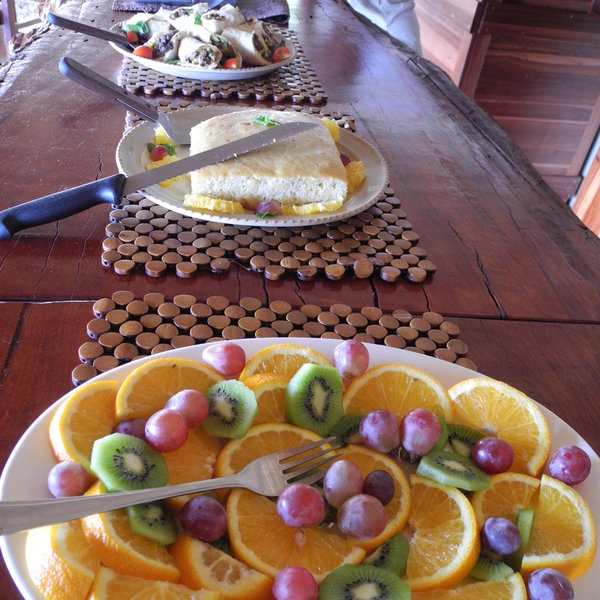
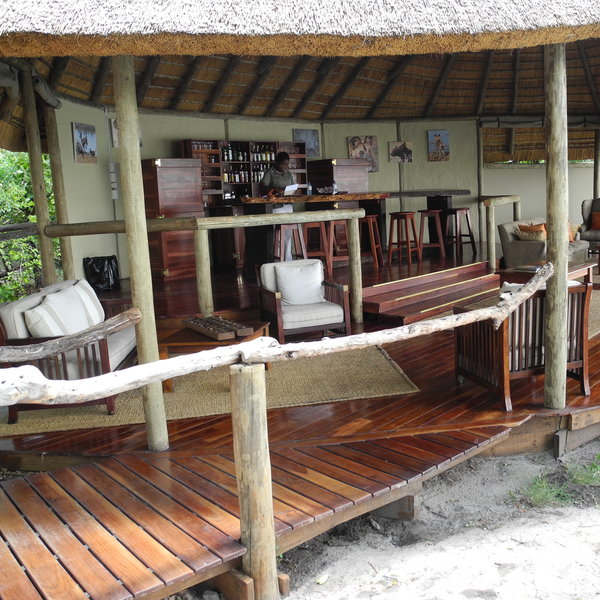

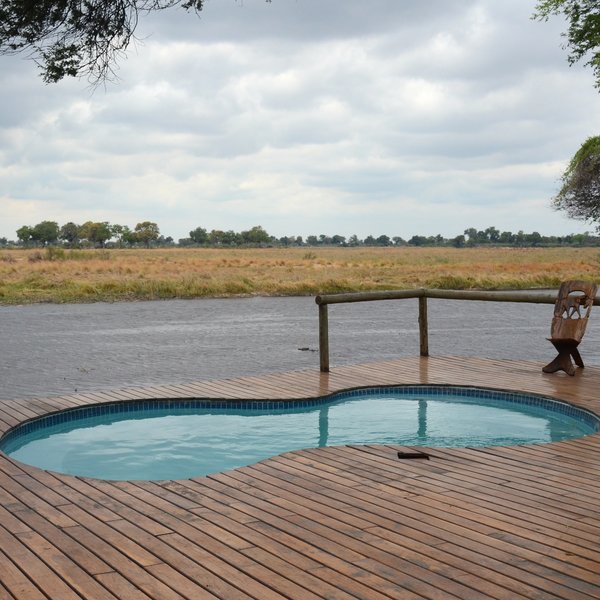
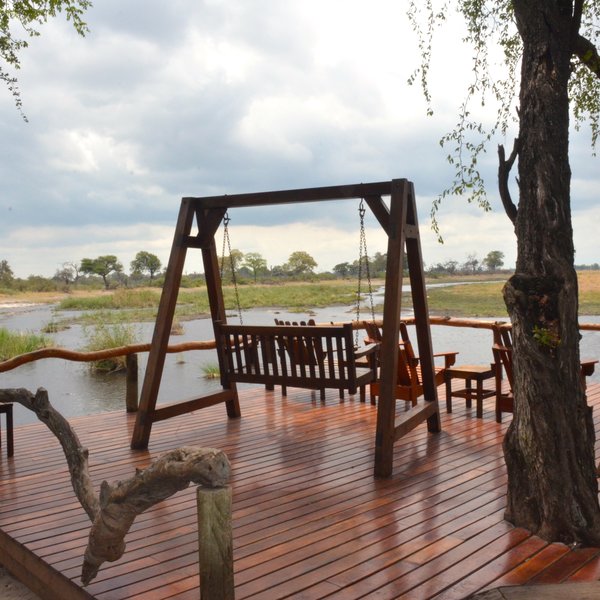
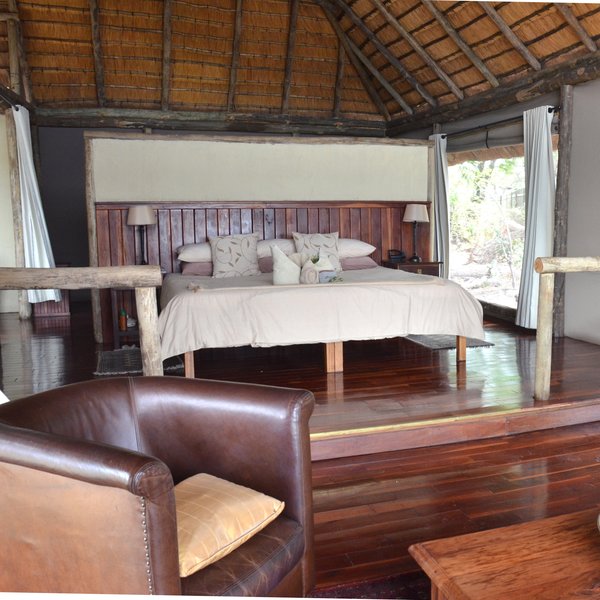
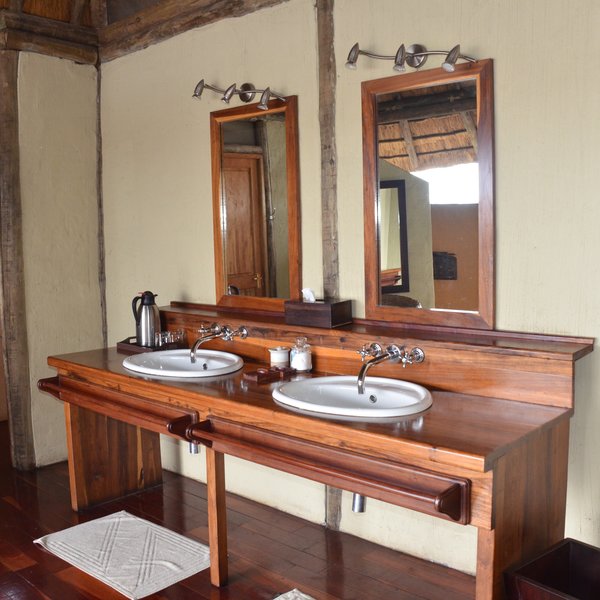
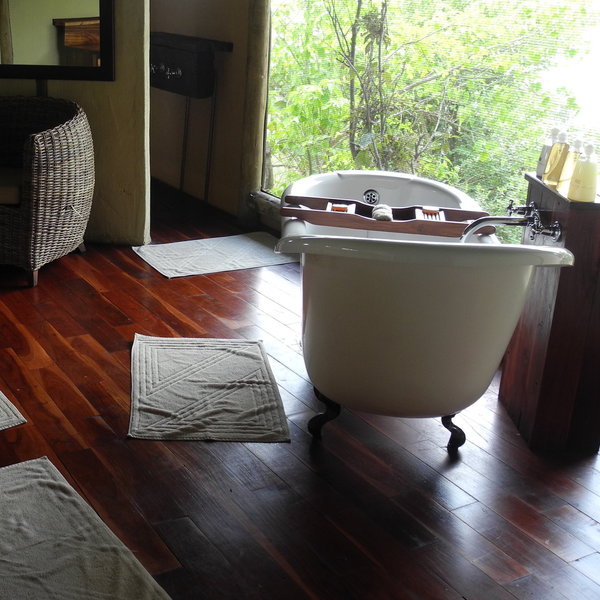
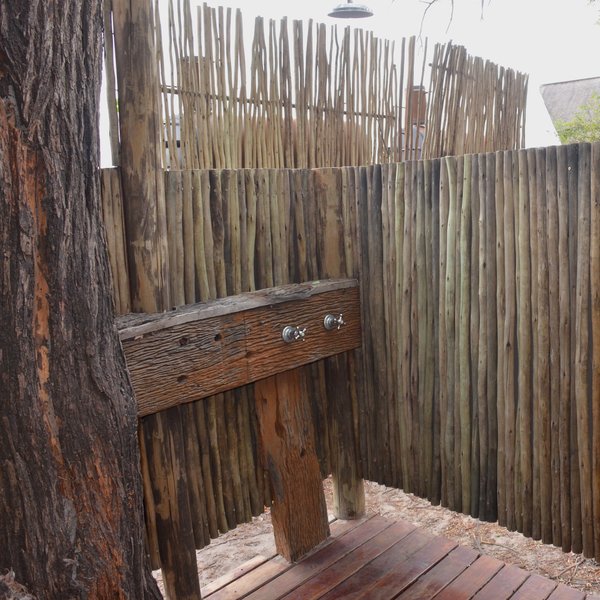
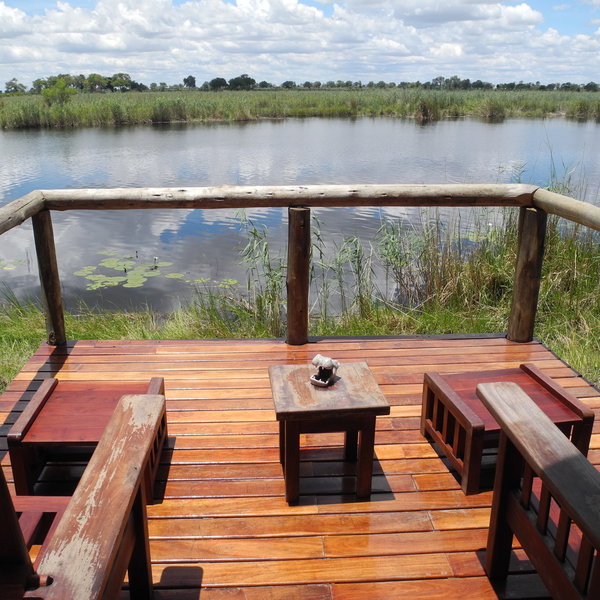

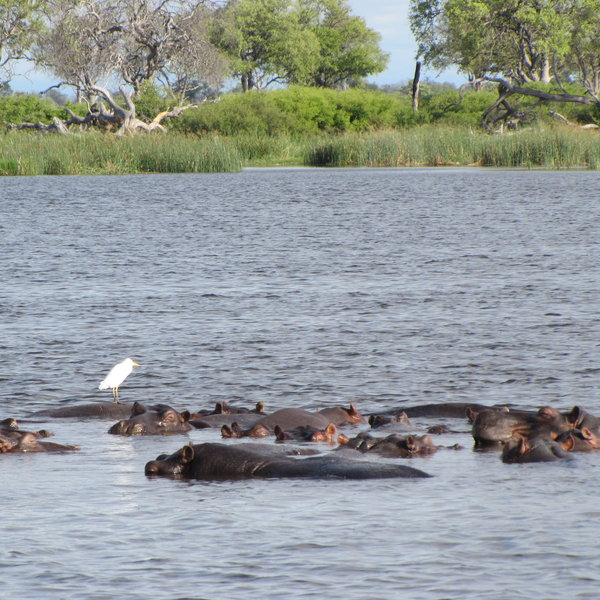
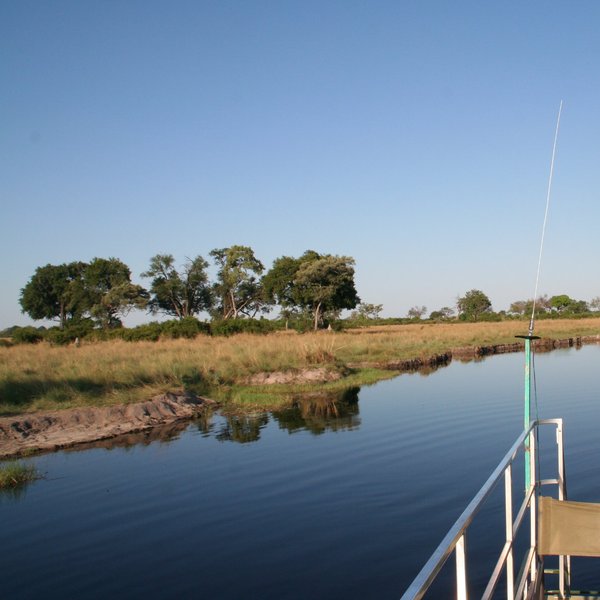
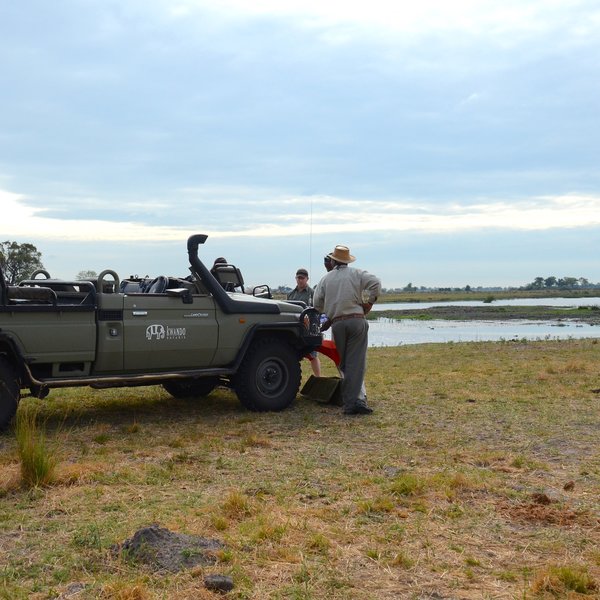
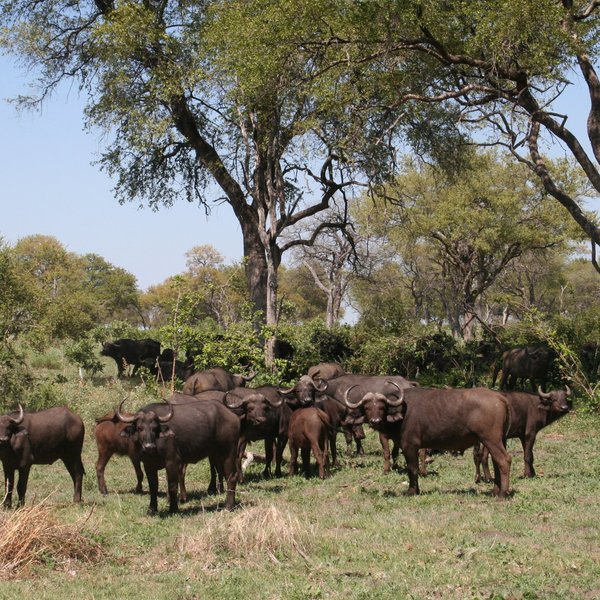
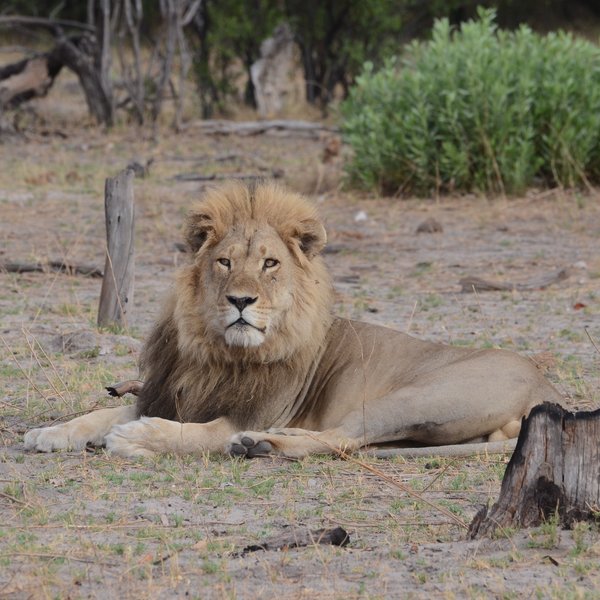
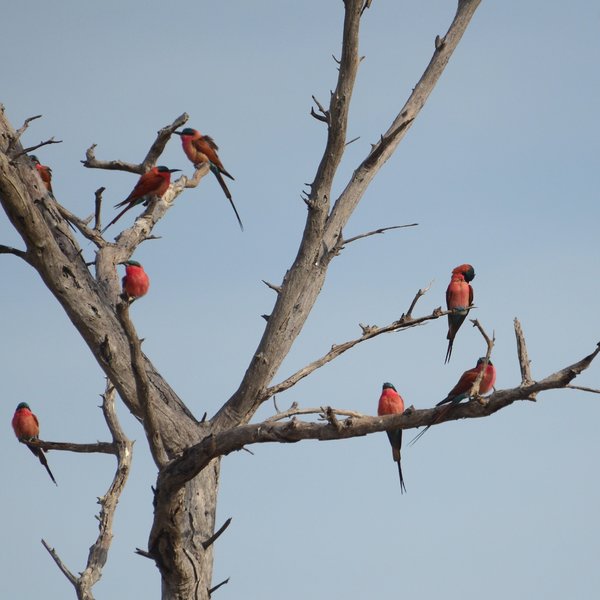
Expert Africa's gallery
When we travel we take lots of photos ourselves to give you a real and un-edited view of the safaris. See our 46 pictures of Lagoon Camp to get the candid view.
View gallerySafaris visiting Lagoon Camp
Just ideas, we'll always tailor-make a trip for you
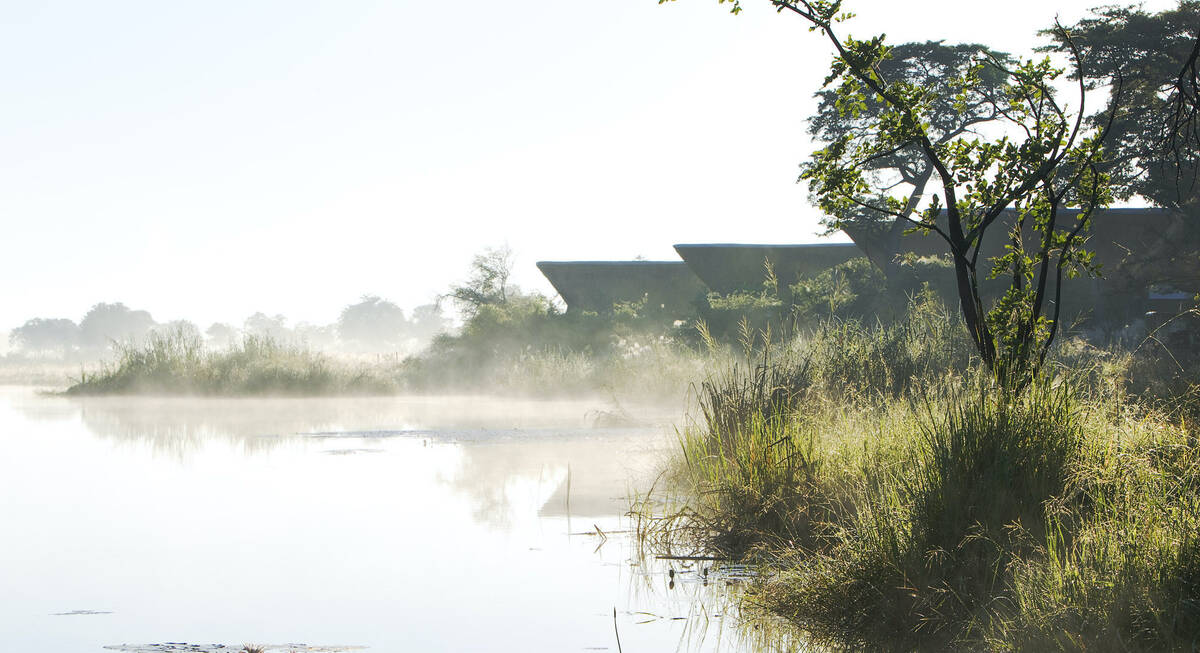
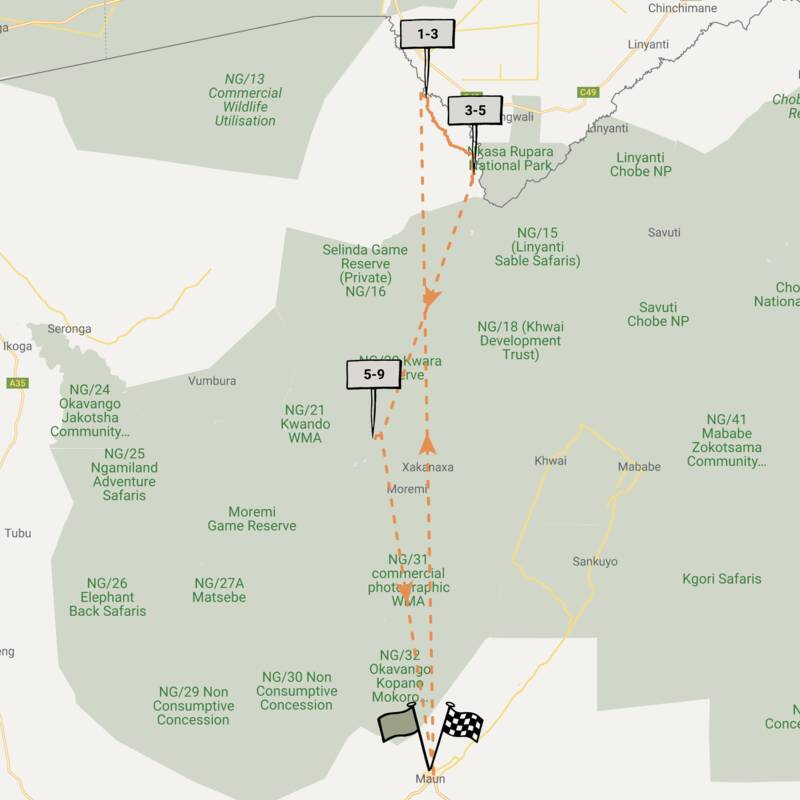
Pangolin Safari
8 days • 3 locations • 1 country
MAUN AIRPORT TO MAUN AIRPORT
Three relaxed, local feeling camps in pristine settings – the Kwando Reserve and Okavango Delta. Guided by a driver and tracker at each, this a great trip for spotting Botswana’s top predators.
Visiting Okavango Delta, Kwando-Linyanti
US$9,730 - US$16,340 per person
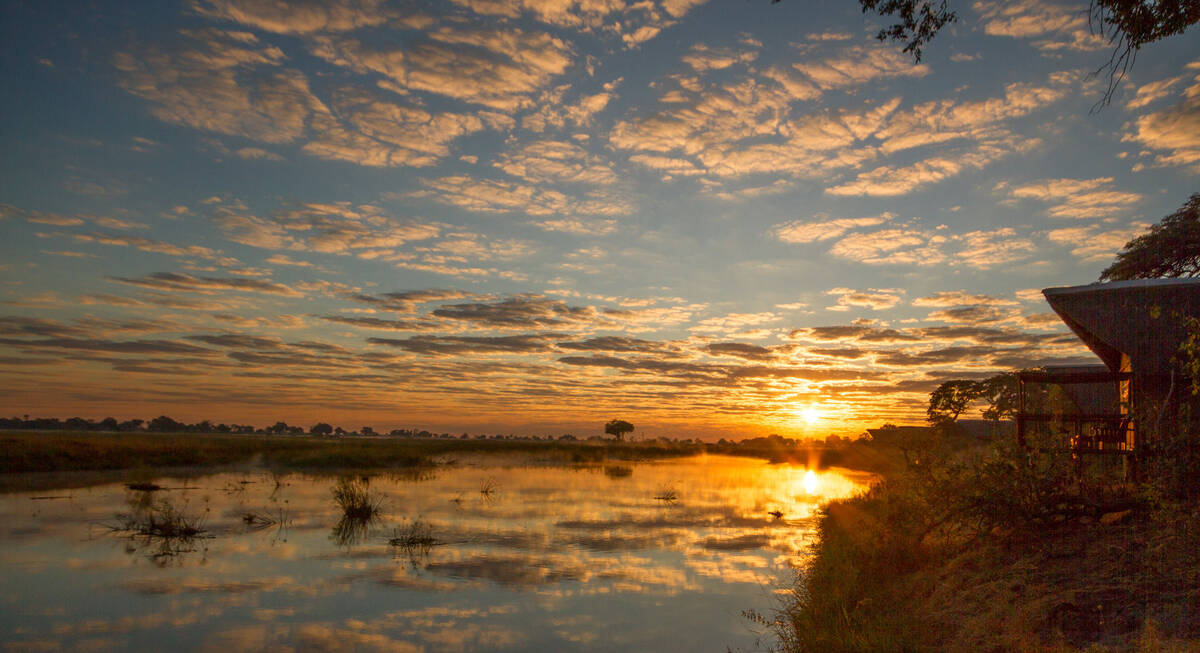
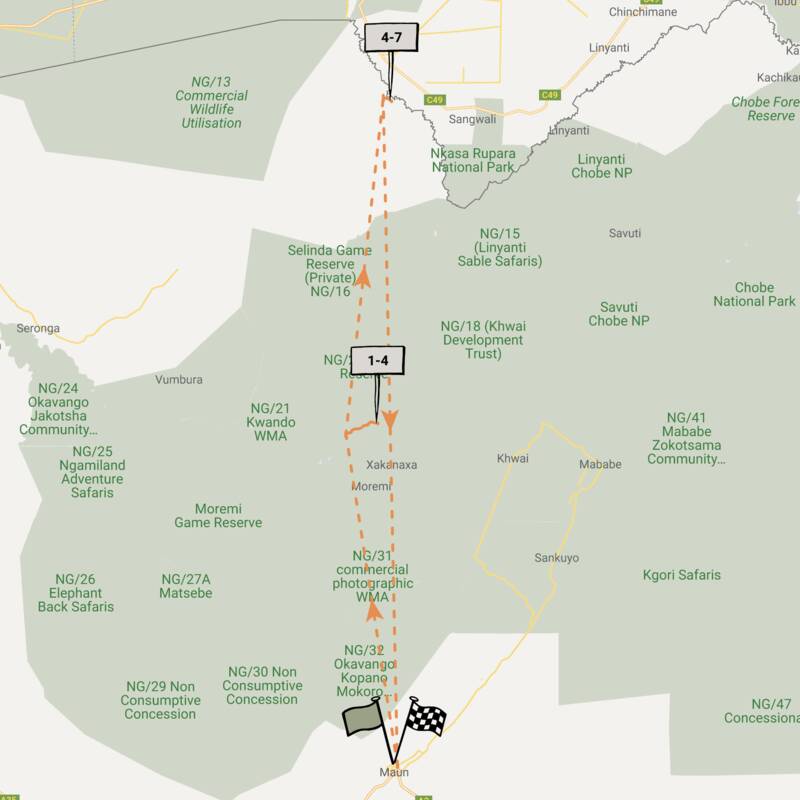
Mopane Squirrel Safari
6 days • 2 locations • 1 country
MAUN AIRPORT TO MAUN AIRPORT
Visit two wildlife-rich private reserves in an exploration of the Okavango and Kwando regions. Sister camps Splash and Lagoon camp provide a range of immersive activities, and their long-stay discounts make for an excellent-value safari.
Visiting Kwando-Linyanti, Okavango Delta
US$6,990 - US$11,760 per person
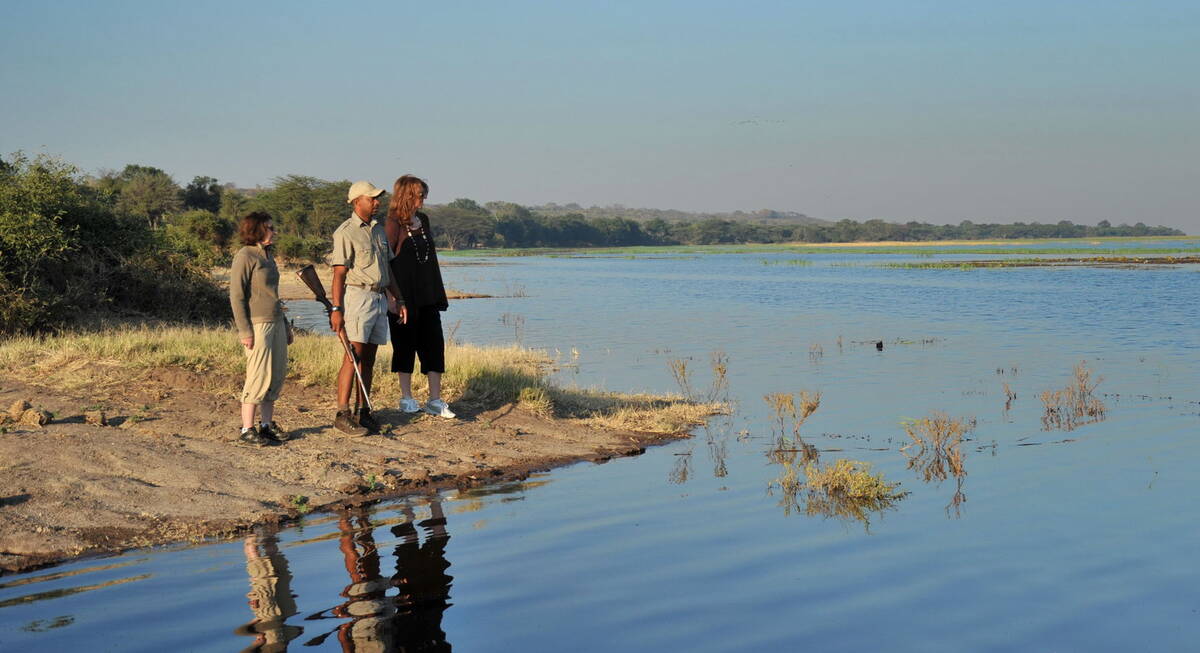
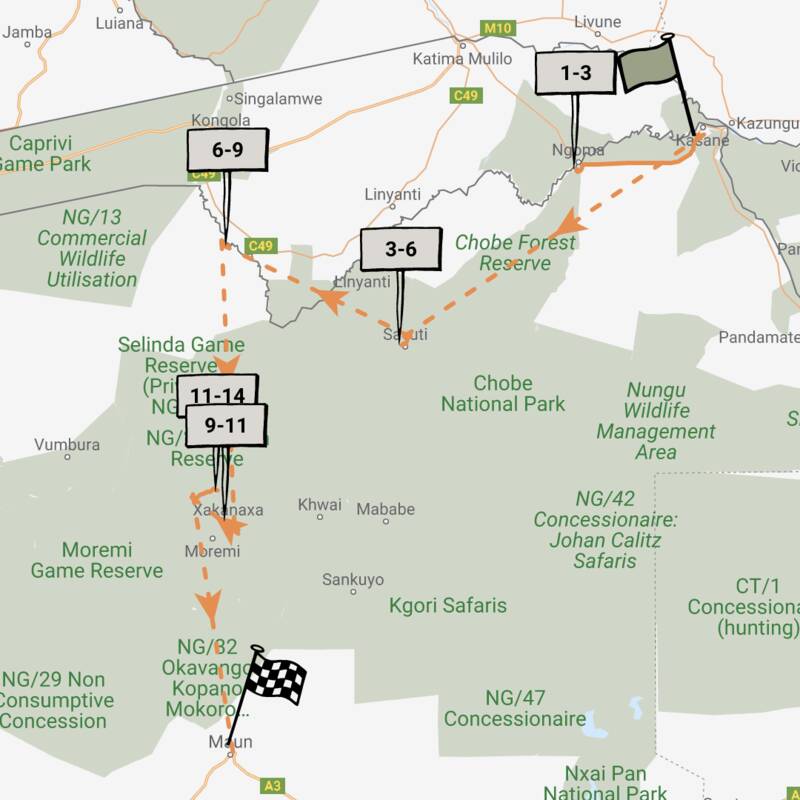
Wild Dog Safari
13 days • 5 locations • 1 country
KASANE AIRPORT TO MAUN AIRPORT
An in-depth discovery of northern Botswana’s wilderness, from Chobe and the private Kwando Reserve to the Moremi and iconic Okavango Delta with a great variety of activities and wildlife.
Visiting Chobe, Moremi & Surrounds and 2 other areas
US$12,930 - US$21,350 per person
Lagoon Camp: Our full report
In the north of Botswana's vast Kwando Reserve, Lagoon Camp has a spectacular setting on the banks of the Kwando River.
The wildlife around camp, where a band of lush riverine forest is interspersed with open plains, is particularly noted for the wild dogs that have habitually denned within the reserve since 1997, and the densities of elephants can also be exceptional.
The Kwando Reserve – or Concession – is currently the largest private wildlife reserve in Botswana, covering 2,320km2 of unfenced wilderness in the far north of the country. Bordered by the Kwando River, which forms the boundary between the reserve and Mudumu National Park in Namibia's Caprivi Strip, or Zambezi Region, it attracts superb big game, especially during Botswana's dry winter months (May to October), when elephants and buffalo seem to be everywhere. Lagoon Camp shares the reserve with its sister camp, Lebala, to the south.
Lagoon Camp has eight spacious thatched chalets, including one designed for a family, all connected to the main area via sandy pathways. The chalets are elevated on wooden platforms with large mesh windows overlooking the river, where elephant often come down to drink. A small veranda with deck chairs at the front of each chalet allows you to soak up the view. On one of our visits, watching elephants frolicking in the river from our comfortable deck or the swimming pool was spectacular.
Lagoon's chalets are enclosed by stretched canvas walls and entered through sliding wood and mesh doors. Although perfectly comfortable, they are fairly “no frills”, with little in the way of extra features, and to us they felt a little sparse.
The spacious room is furnished with leather seats, a coffee table, and a writing desk with camp information, wildlife magazines, a charging station and a flask of drinking water. Up a step are twin beds or a double with bedside tables and reading lamps, and a ceiling fan above. There's no mosquito net, but mesh windows and doors keep the bugs out while allowing the breeze through, and canvas flaps can be closed against stormy weather.
A partition wall hides a luggage rack, open hanging space, shelving and an enormous mirror. A digital safe, umbrella, spare blankets, bug spray, insect repellent and mosquito coils are provided.
The en-suite bathroom is equally spacious, with two handbasins, plenty of mirrors, a deep free-standing bath, an indoor shower – and an outdoor shower accessed through a wooden door. A flushing toilet is in a separate cubicle. Toiletries are supplied, as is laundry soap for washing delicates.
Set on its own, and reached via the pool deck, the family chalet consists of an en-suite double bedroom, with a wooden door through to a second twin bedroom, which shares the same bathroom.
The thatched communal areas at Lagoon Camp, which are linked by wooden walkways, create a number of inviting spaces to relax, and include a curio shop. A circular structure acts as a central meeting point, with an exterior staircase that leads up to a cosy lounge and library with elevated views over the river – and a small selection of well-thumbed natural-history books.
To one side is an open-sided dining room and to the other an attractive bar, lounge and swimming pool deck, with poolside furniture and towels. The open outlook and use of both textured and polished wood, neutral tones and a scattering of richly coloured cushions gives a natural, bright and airy feel. Wild dogs feature as the stars of the photographic artwork on the walls.
Steps down towards the riverfront lead to camp chairs around a sandy clearing where a fire is lit in the mornings and evenings. Early-morning breakfast is served here and it makes an equally nice spot for swapping stories over a few drinks after dinner.
A wooden deck, with yet more seating and a swing bench, juts out over the river. Lagoon's double-decker boat is moored here, and between March and December, you can try your hand at fishing off the deck.
Run by an enthusiastic team, Lagoon Camp has a pleasant, laid-back atmosphere, with service that, overall, we've found to be genuinely warm and professional. (Despite a recent blip, on our last visit in November 2019 we felt that the service had improved.) You are encouraged to make yourself at home and help yourself to drinks from the bar fridge and tea/coffee station.
Activities at the camp focus on game drives in roomy 4WD vehicles, with no more than six guests per vehicle, so everyone gets a “window” seat. The roof may be detached on request, allowing unobstructed views for photography and game viewing, but it does leave passengers open to the elements. If you're hiring a private vehicle and prefer not to have a canopy – for better all-round views – it is essential to let us know at the time of booking.
As at its sister camps, an able tracker, as well as a driver/guide, accompanies all 4WD excursions at Lagoon Camp. This provides an extra pair of experienced eyes to search for predators and more elusive game and has resulted in some great wildlife sightings on our past visits. In fact, the guides here usually make a great effort to actively track the big predators – especially lion and wild dog. This provides a very good opportunity of seeing these predators, but often means bumping through the bush, off-road, at speed and with a mission, so those interested in more general sightings may end up disappointed.
While wildlife is generally much more prolific during Botswana's dry season (May–October), we've had rewarding sightings here year-round, and the rainy season often reveals more unusual sights as well as a greater variety of birdlife. On our most recent visit, we were incredibly fortunate to come across a mating pair of lions. Another highlight was an aardwolf den, where we had excellent views of three pups waiting for mum or dad to return with dinner.
As well as game drives, Lagoon may also offer short, guided walks in open areas near camp, though these are always at the discretion of the guides who will first assess the presence and movement of potentially dangerous animals. In practice, relatively little walking is done here, and we would not recommend Lagoon for those who are keen on walking safaris.
Fishing is possible for most of the year (except in the “closed season”, during January and February) and during daylight hours there are riverboat trips. Although these are normally available throughout the year, we think they are best at times of high water, usually May–September, but as this varies, do contact us for up-to-date information. In the past we have enjoyed cruising through the water watching a big herd of buffalo drinking at the river's edge, as well as elephant, hippo and a large variety of birds.
Activities
4WD Safari
Birdwatching
Boat trip
Fishing
Guided walking safari
Helicopter
Night drive
Private activities
Families & children
- Attitude towards children
- Children age six and over are welcome at Lagoon Camp, but families with children aged 6–11 are required to book a private vehicle at extra cost.
- Property’s age restrictions
- Minimum age six years.
- Special activities & services
- Colouring books with crayons are provided for children, and the staff enthusiastically participate in marshmallow-roasting around the campfire.
Early mealtimes and children's meals can be arranged on request.
For a surcharge, a specialist family guide can be booked in advance to accompany a family group at Lagoon Camp and its sister camps (Splash Camp, Kwara Camp, Lebala , Tau Pan and Nxai Pan); please ask us for more details. - Equipment
- Lagoon Camp has a dedicated two-bedroom family chalet.
- Generally recommended for children
- We would recommend Lagoon Camp only for older children with a genuine interest in wildlife.
- Notes
- Lagoon Camp is unfenced, abuts a deep-water channel, and often has very high densities of potentially dangerous wildlife in its area. Children must be under parental' supervision at all times. Parents should also note that the walkway to the family chalet is reached via the pool deck – and that the pool is not fenced.
Food & drink
- Usual board basis
- Full Board & Activities
- Food quality
- On our most recent visit, in November 2019, we thought that the food was of a good standard, and the service – unlike a previous visit – was attentive.
Vegetarians and those with other dietary requirements can be catered for with advance notice.
An early light breakfast is laid out by the campfire before your morning activity. It usually includes freshly baked muffins, porridge or cereals and a bowl of fruit, as well as tea, coffee and juice.
Brunch is served buffet-style at around 11.00am. We were offered spicy sweetcorn salad, lentil and cabbage salad, a green salad, beef moussaka and fresh bread. A cheeseboard and a platter of fresh fruit were on hand to round off our meal.
High tea, served before the afternoon activity, generally consists of sweet and savoury snacks. We had pizza accompanied by jars of marinated feta and mushrooms and a very popular chilli jam. This, as well as a lemon drizzle cake, was washed down with iced tea and delicious homemade lemonade.
Dinner is a three-course meal, often a plated entrée and dessert, with main dish choices from the buffet. We enjoyed a leek and potato soup as a starter. The main course was either roast chicken with couscous or spinach crêpes, served with cauliflower cheese, sweetcorn, mangetouts and steamed carrots. Dessert was a self saucing chocolate pudding. A choice of red and white wine is served with the meal. - Dining style
- Group Meals
- Dining locations
- Indoor and Outdoor Dining
- Further dining info, including room service
- Private meals can be arranged on request, either on the pool deck or on your private veranda.
- Drinks included
- Bottled water, soft drinks, local beers and spirits plus a limited selection of (usually) South African red and white wines are included. Champagne and imported wines and spirits will cost extra and must be requested in advance.
Guests are usually given a bottle of filtered water, which they are encouraged to top up from the filtered supply in the camp's main area. Each chalet is also provided with glasses and a flask of filtered drinking water, which is replenished daily. We don't recommend that travellers drink from the tap.
Our travellers’ wildlife sightings from Lagoon Camp
Since mid-2018, many of our travellers who stayed at Lagoon Camp have kindly recorded their wildlife sightings and shared them with us. The results are below. Click an animal to see more, and here to see more on our methodology.

100% success

100% success

100% success

99% success

95% success

93% success

86% success

73% success

63% success

61% success

53% success

51% success

42% success

11% success

4% success

3% success
Getting there
- Location
- Kwando-Linyanti area, Botswana
- Ideal length of stay
- Three nights is ideal at Lagoon Camp.
Lagoon and Lebala combine particularly well with their sister camps: Splash in the Okavango, as well as Nxai Pan and Tau Pan in the drier reaches of the Kalahari to the south.
Note: If you combine Lagoon with Lebala, Tau Pan, Splash or Nxai Pan for a total of six nights or more, we will be able to include a long-stay discounted rate. - Directions
- Lagoon Camp is reached by light aircraft – approximately an hour from Maun or Kasane. The drive to camp from Kwando airstrip usually takes 20–30 minutes, depending on time spent game viewing on the way.
For those combining a stay at Lagoon and Lebala camps, which are both in the Kwando Reserve, a road transfer is possible between the two, usually incorporated into a morning game drive. - Accessible by
- Fly-and-Transfer
Special interests
- Family safaris
- For those with older children who are enthusiastic about wildlife, Lagoon Camp is a good option for a family holiday in Botswana. As well as having a family chalet, the camp offers a privately guided “family safari”.
- See ideas for Family safaris in Botswana
- Birdwatching safaris
- Drives from Lagoon Camp cover riverine, savannah and mopane-dominated areas – while boat trips bring great views over papyrus reedbeds. Colonies of carmine bee-eaters may enhance your birdwatching from mid-September to early December.
- See ideas for Birdwatching safaris in Botswana
- Photography safaris
- A private vehicle and guide is relatively inexpensive at Lagoon Camp, allowing avid photographers in Botswana the ultimate flexibility in focus and pace of game drives.
- See ideas for Photography safaris in Botswana
- Wildlife safaris
- Lagoon Camp excels at sightings of the large predators, particularly wild dog, lion and cheetah, making it a good addition to a wildlife safari in Botswana. The best time for dogs is in June/July, the denning season, or within two or three months of that, when the pups are too young to move far.
- See ideas for Wildlife safaris in Botswana
Sustainability
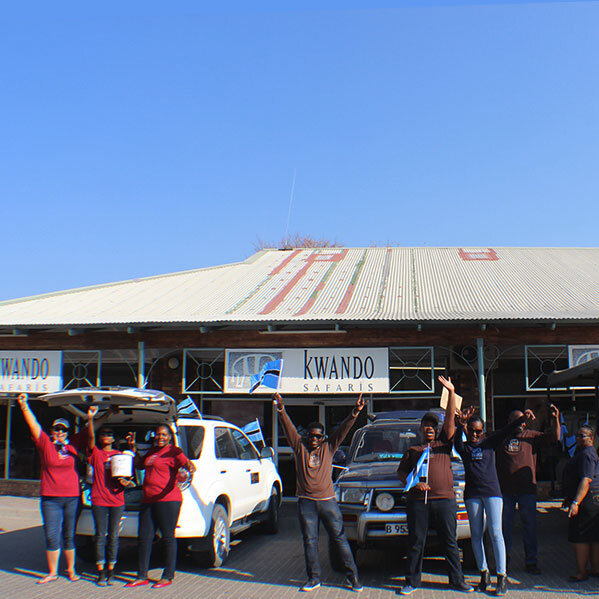
Bucket Project for local community support
Settled along Kwando River, in Northern Botswana’s largest private concession covering 232,000 ha of unfenced wilderness and hosting only one other camp, Lagoon guarantees an exclusive wilderness experience. Comprising of eight newly-renovated tents, the camp is heavily invested in the empowerment and development of local citizens.
Lagoon Camp is part of Kwando Safaris, a 100% citizen-owned company hiring exclusively citizens in all guest-facing positions within the group. Moreover, the camp’s commitment towards employee development can be seen in the advancement opportunities it offers. For examples, the camp manager advanced from a junior position, the guides started as trackers, and receptionists as waiters or tent ladies. The company pay scales are also at the top of the industry in Botswana, with both merit and long service awards being offered to the staff.
Kwando’s Bucket Project stands as proof for the camp’s effort to give back to the community in which it operates. For Botswana’s 50th Anniversary of Independence, Lagoon Camp aligned its efforts with the other members of Kwando Safaris and rather than spending money on a party, it solicited donations of household supplies for locals and also purchased some in addition, allowing for more funds to be utilized to benefit those who need help. The staff also came together for a weekend to give out buckets to the more rural outskirts of Maun, the tourism capital of Botswana and Kwando's head office location.
The initiative was received with great appreciation by the local community, which is why the camp intends to continue this practice at the beginning of each year as well as during the anniversary period.
See more great sustainability projects in Botswana
Communications
- Power supply notes
- The camp is run on solar with a generator used as a back up. Power is available in the chalets at all times. Inverters for CPAP machines are available.
- Communications
- There is WIFI in the guest rooms at Lagoon, some cellphones with roaming may pick up reception here, as Lagoon is very near the Namibian border and cellphone network.
- TV & radio
- None
- Water supply
- Borehole
- Water supply notes
- All the chalets have plumbed hot and cold running water for showers and flushing toilets.
Health & safety
- Malarial protection recommended
- Yes
- Medical care
- Most managers and guides are trained in first aid and a comprehensive first-aid kit is kept in camp. Each guide usually also has a basic field medical kit when out on activities. In an emergency, Lagoon Camp would arrange for clients to be flown out to the hospital in Maun. Please note that it is only possible to fly out of camp during daylight hours as the bush airstrips do not have any lighting at night.
- Dangerous animals
- High Risk
- Security measures
- Because Lagoon Camp is unfenced and the Kwando Reserve is home to a large population of potentially dangerous wildlife, guests are escorted to their chalets after dark. An air-horn is provided in each chalet to attract attention in case of emergency.
- Fire safety
- Fire extinguishers are kept in the common areas of the camp and on the veranda outside each chalet.
Useful info
- Disabled access
- On Request
- Laundry facilities
- A full laundry service is included, excluding delicates. Washing powder is provided in the chalets for this purpose.
- Money
- No currency-exchange facilities are offered. There are digital safes in each chalet.
- Accepted payment on location
- Mastercard and Visa credit cards are accepted; Diners and American Express are not. For curio shop purchases a 3% credit-card commission is charged. Cash payments may be made in South African rand, British pounds, US dollars, euros and Botswana pula.
Plan and book your trip with Expert Africa
All of our trips are tailor-made, so we'll always adapt them to suit you. Talk to an Expert and let us plan and arrange your perfect trip.

Talk to an Expert
Call or email us now! We’ll match you with the Specialist in our team who is best suited to help you. Then together we can start planning your trip.

Set up your itinerary
Based on our experience and your ideas, your specialist will create a detailed, costed itinerary. We’ll refine it together, until we have a trip that you’re perfectly happy with.

Prepare for your trip
The same Specialist will make the seamless arrangements for your trip, send you detailed travel documents, and be available to answer any questions before you depart.

Travel with peace of mind
After you set off, you’ll be cared for by our partners in Africa, most of whom have worked with Expert Africa for decades. And if you ever need us urgently, we’re available 24/7.

When you return
We love to learn about your trip, and so will always be grateful if you’ve the time to give feedback to your Specialist when you return.
Lagoon Camp's location
Look closer at the environment and surroundings of Lagoon Camp.
Excursions from Lagoon Camp
Optional extra day-trips and excursions possible whilst you're staying at Lagoon Camp. Talk to us: these are usually best arranged before you go.
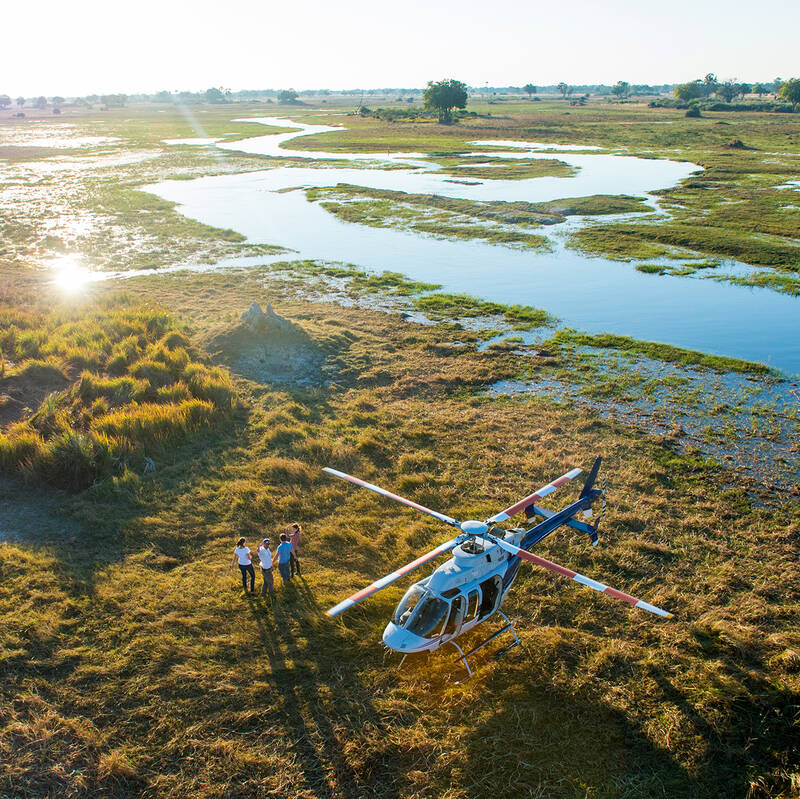
Helicopter Flight - Botswana
Various: from 30 minutes to half a day.
Low-flying, agile and offering superb views, helicopters are an ideal way to move around the Okavango Delta.You can use them instead of fixed-wing inter-lodge transfers or as an addition to other wildlife watching activities, and of course, helicopters can hover to allow that perfect pic, whereas fixed-wings can’t.
More about Helicopter FlightOther lodges in Kwando-Linyanti area
Alternative places to stay in this same area.
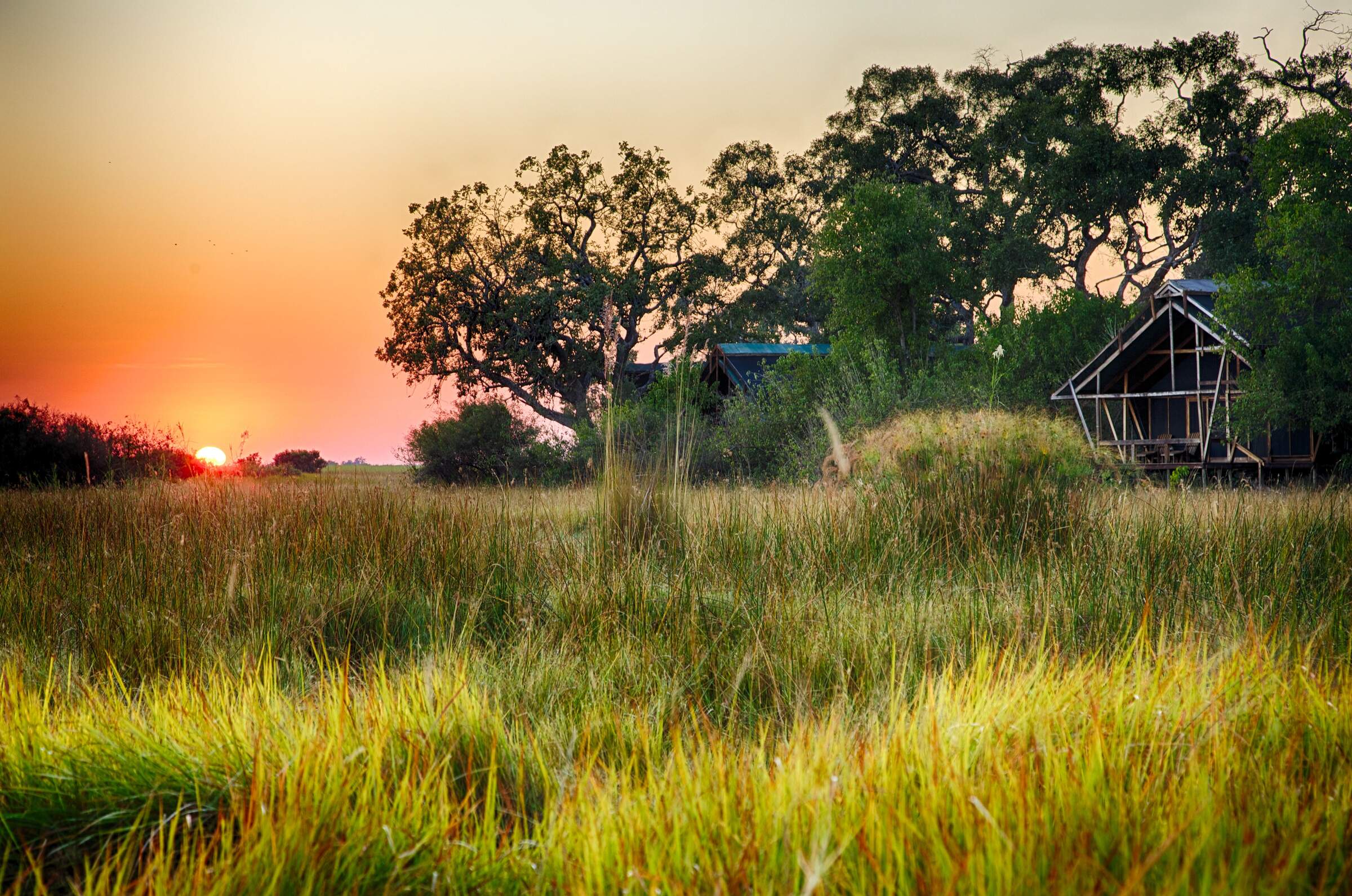
Lebala Camp
With enthusiastic guides and trackers, Lebala – in a vast private reserve – is particularly well-placed for seeking wild dogs.
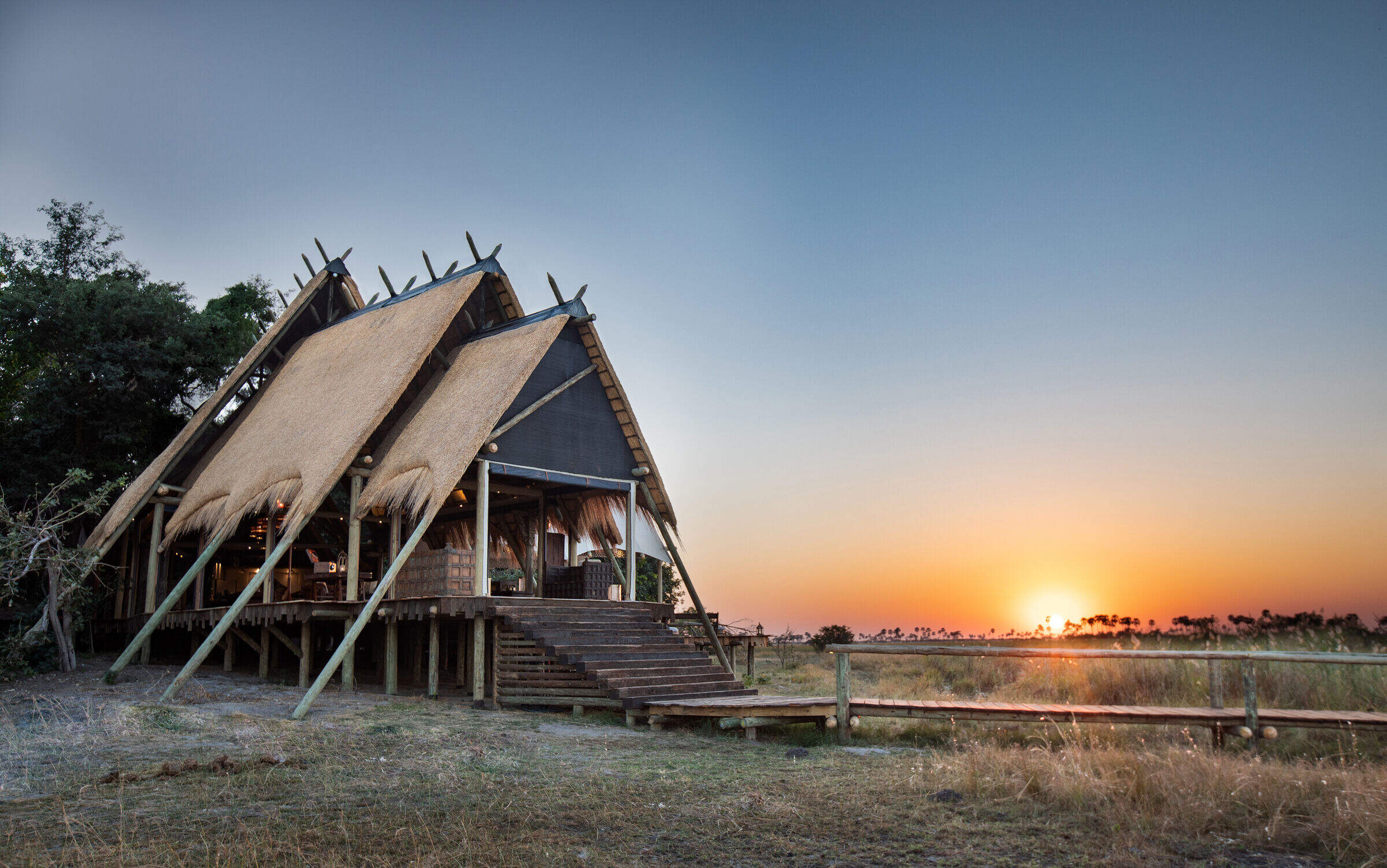
Selinda Camp
In an attractive area that is particularly rich in game between June and November, the luxurious Selinda Camp caters particularly well for photographers.
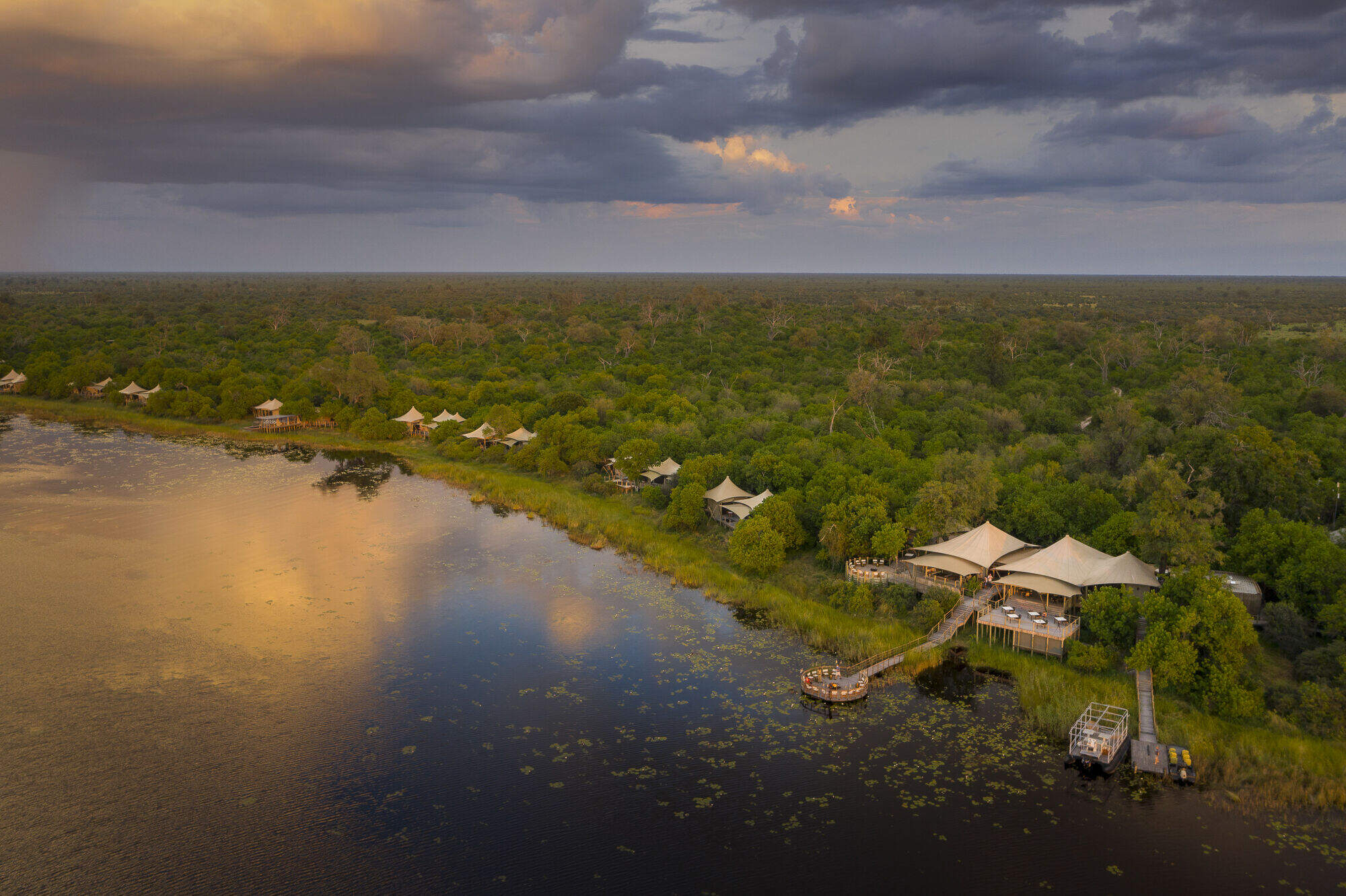
DumaTau
DumaTau, in the private Linyanti Reserve, offers game drives, seasonal boat cruises and walks. Wildlife safaris here are quite seasonal, and are at their best during the height of the dry season, between June and October.
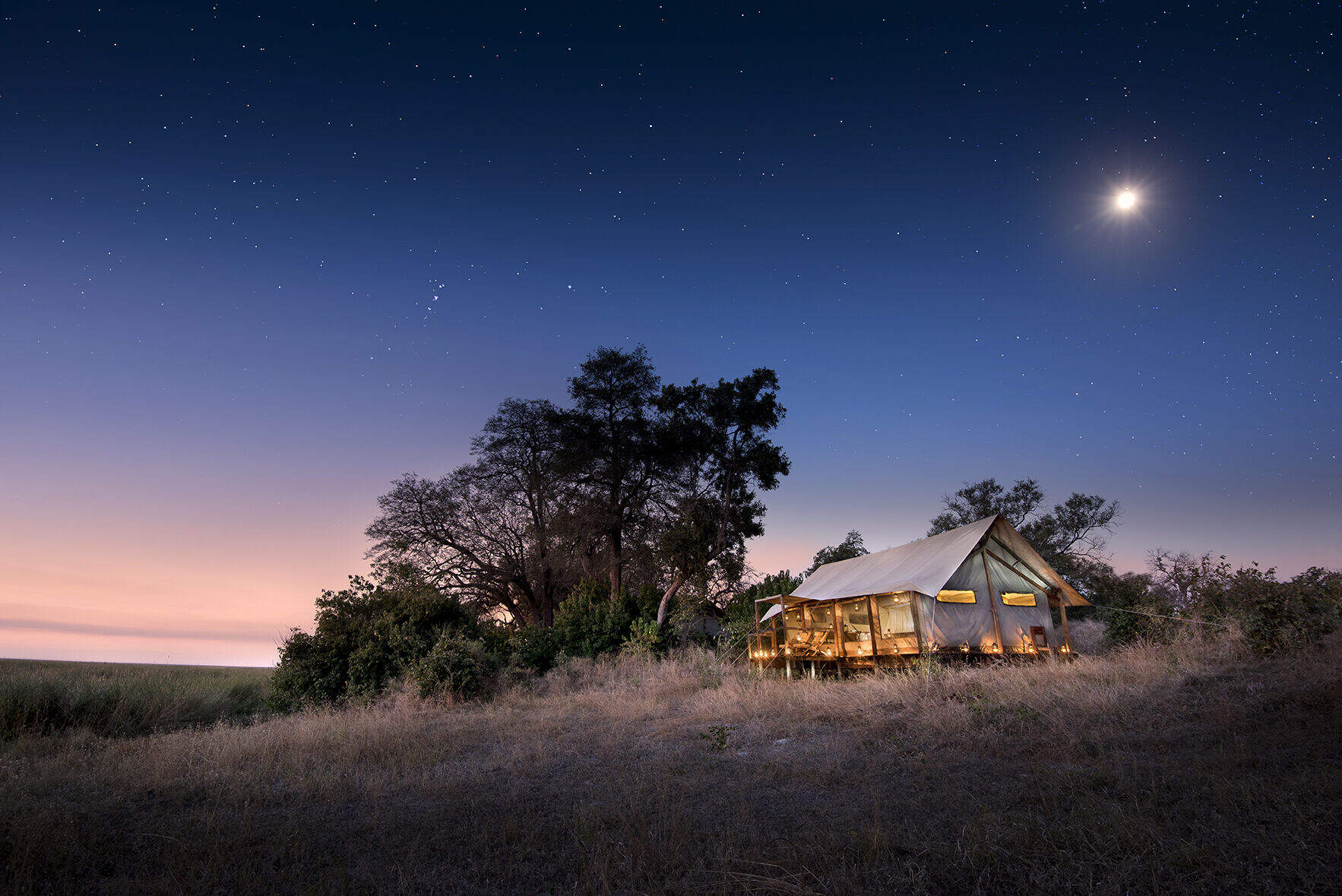
Linyanti Bush Camp
Linyanti Bush Camp blends relative simplicity with numerous activities and very good guiding.
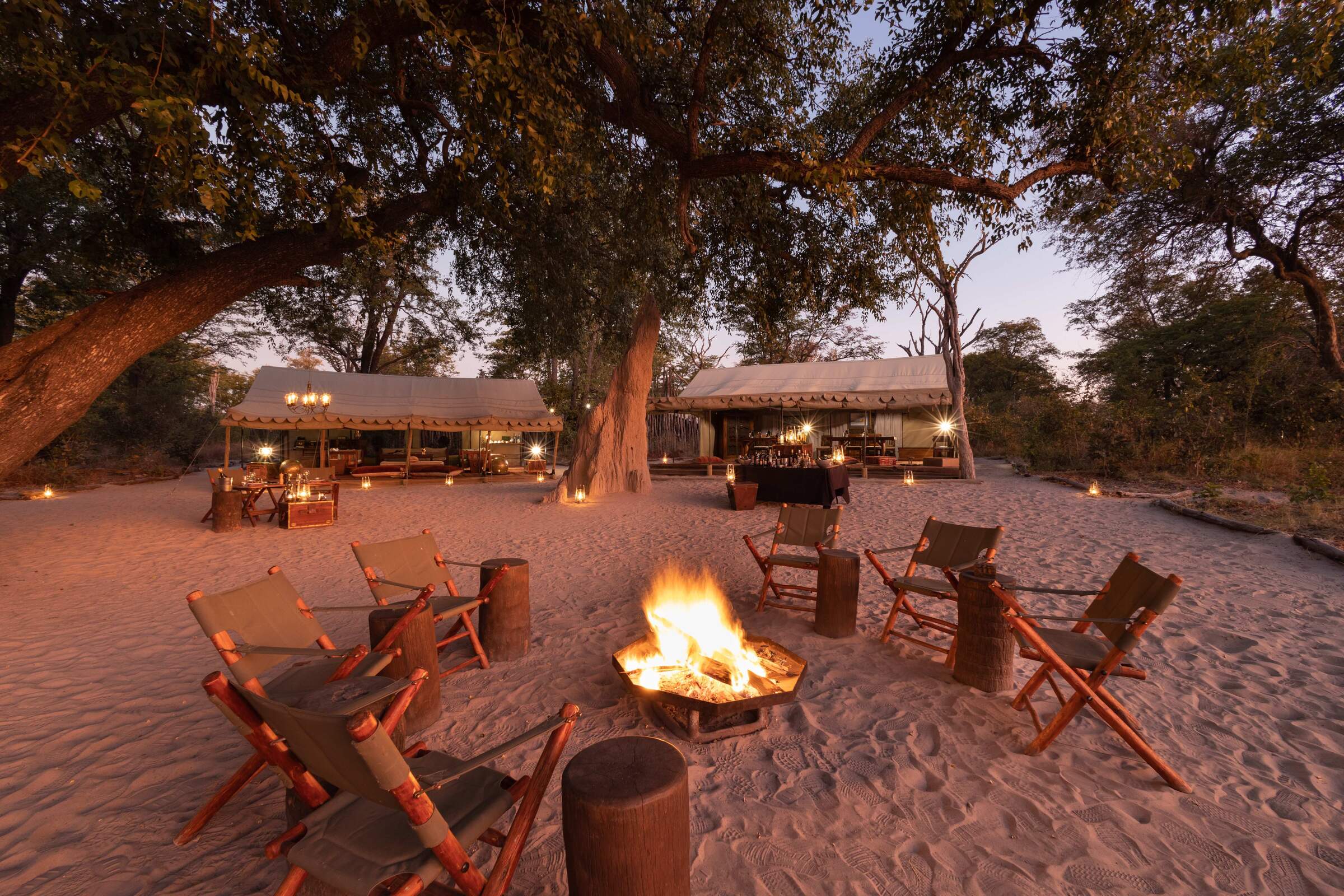
Selinda Explorers Camp
The luxurious, traditional tented Selinda Explorers Camp offers a mix of walking, canoeing and game drives led by really top notch guides in a game-rich area.
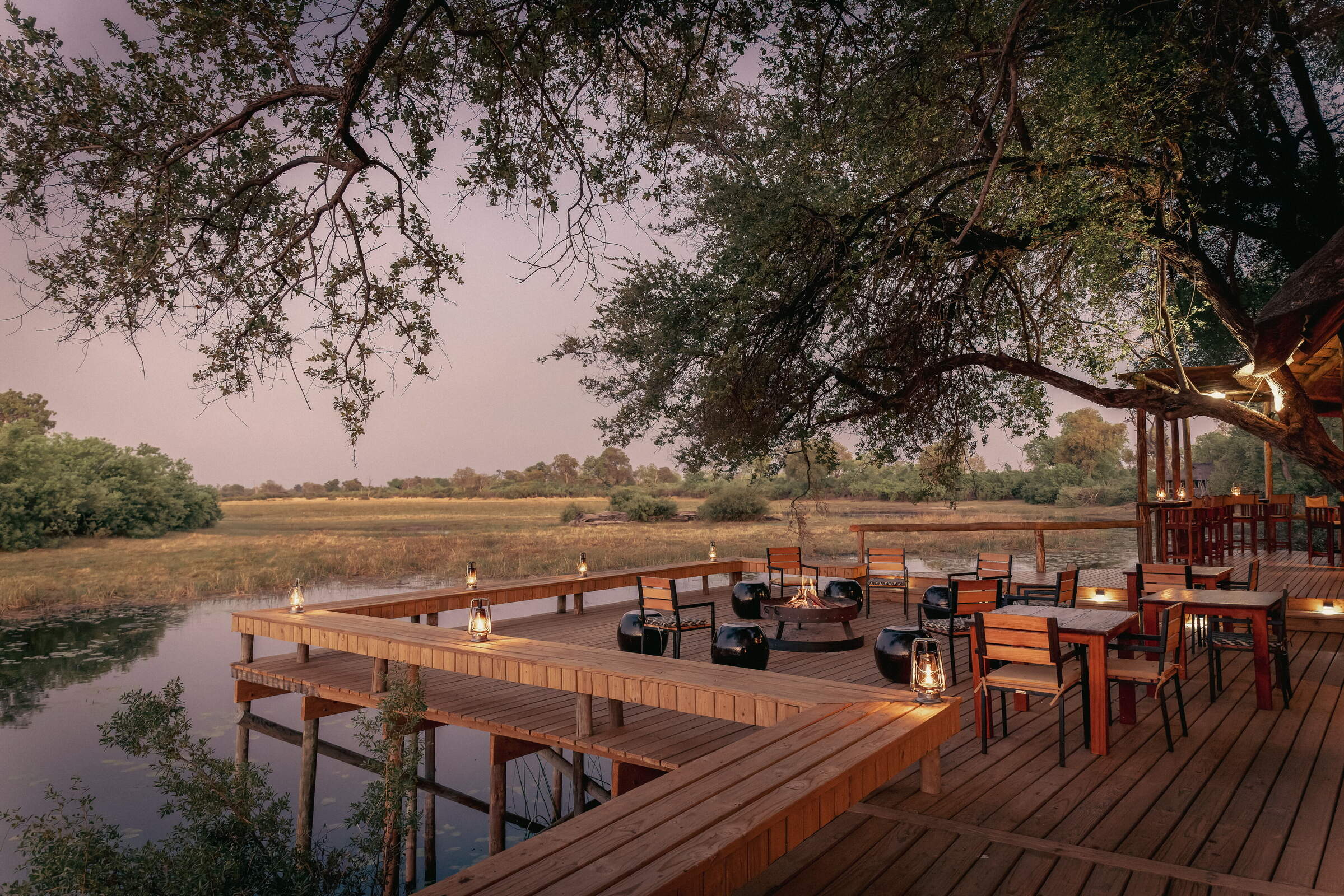
Savuti Camp
Set above the Savuti Channel, the refurbished seven-room Savuti Camp offers the potential for viewing large herds of elephant and significant lion encounters.
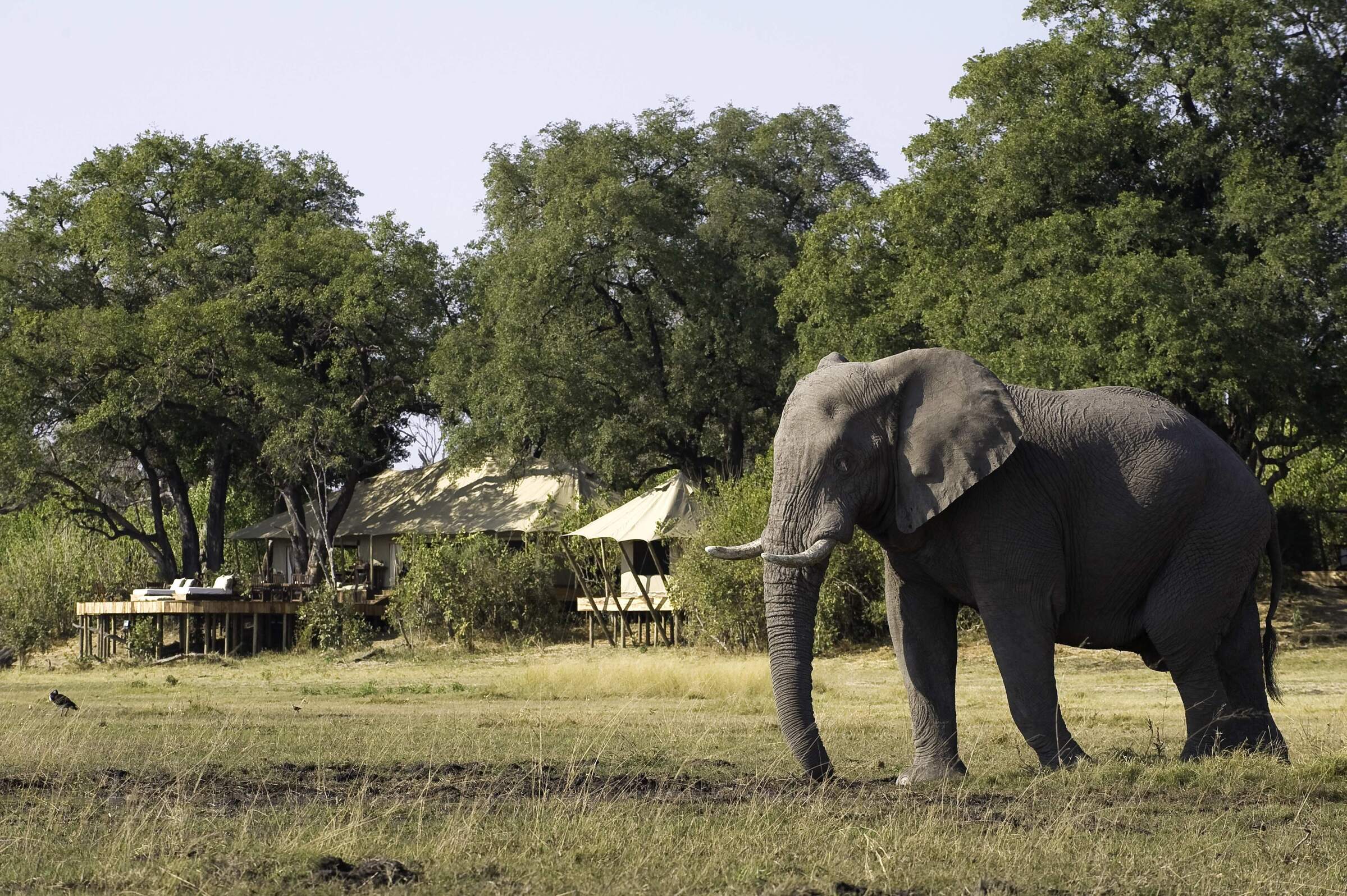
Zarafa Camp
Zarafa is an exclusive camp overlooking the scenic Zibadianja Lagoon within the Selinda Reserve, a particularly game-rich area between June and early November.
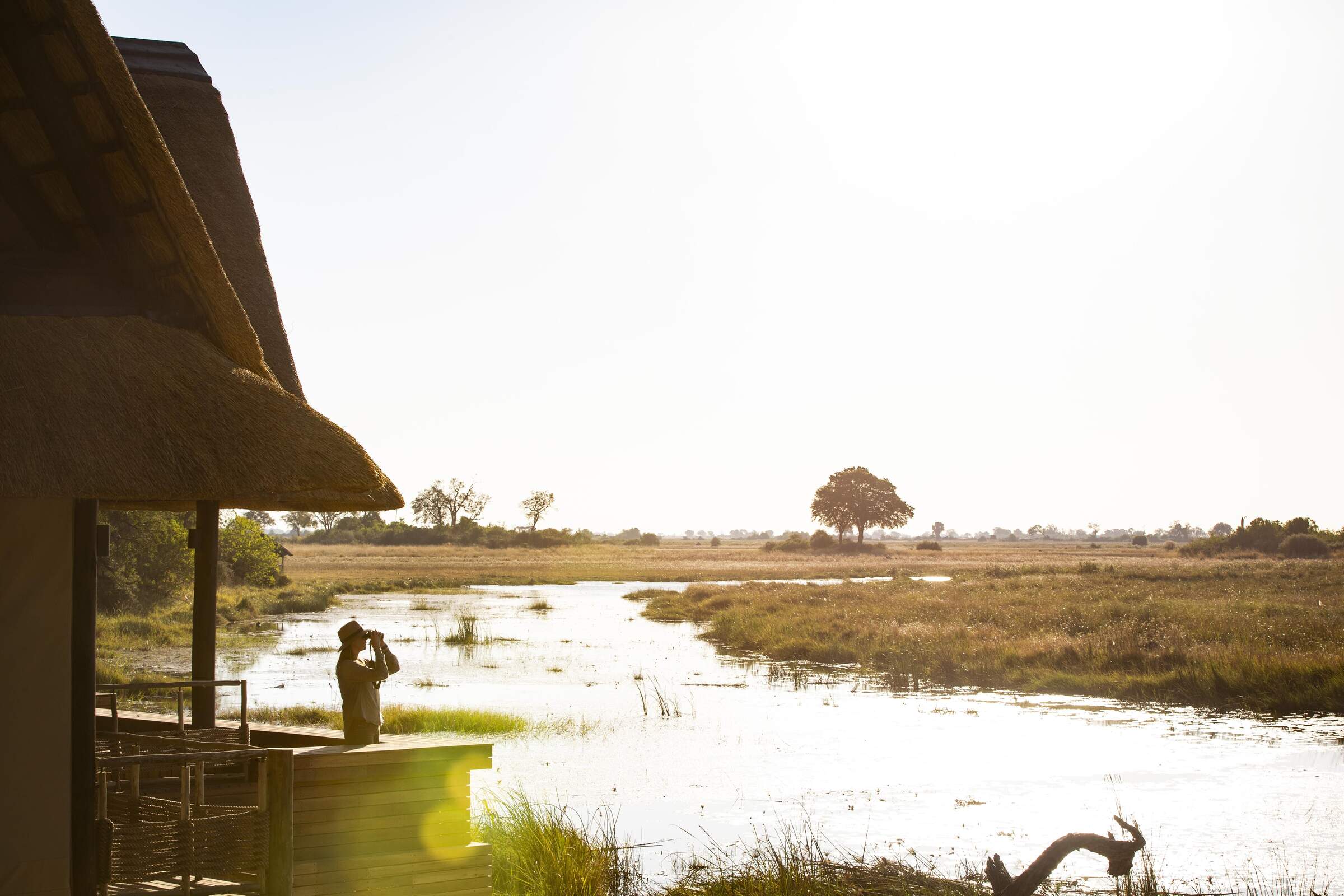
Kings Pool
King’s Pool is a top-end luxury safari camp with a price tag to match; the game viewing can be very good during the dry season.
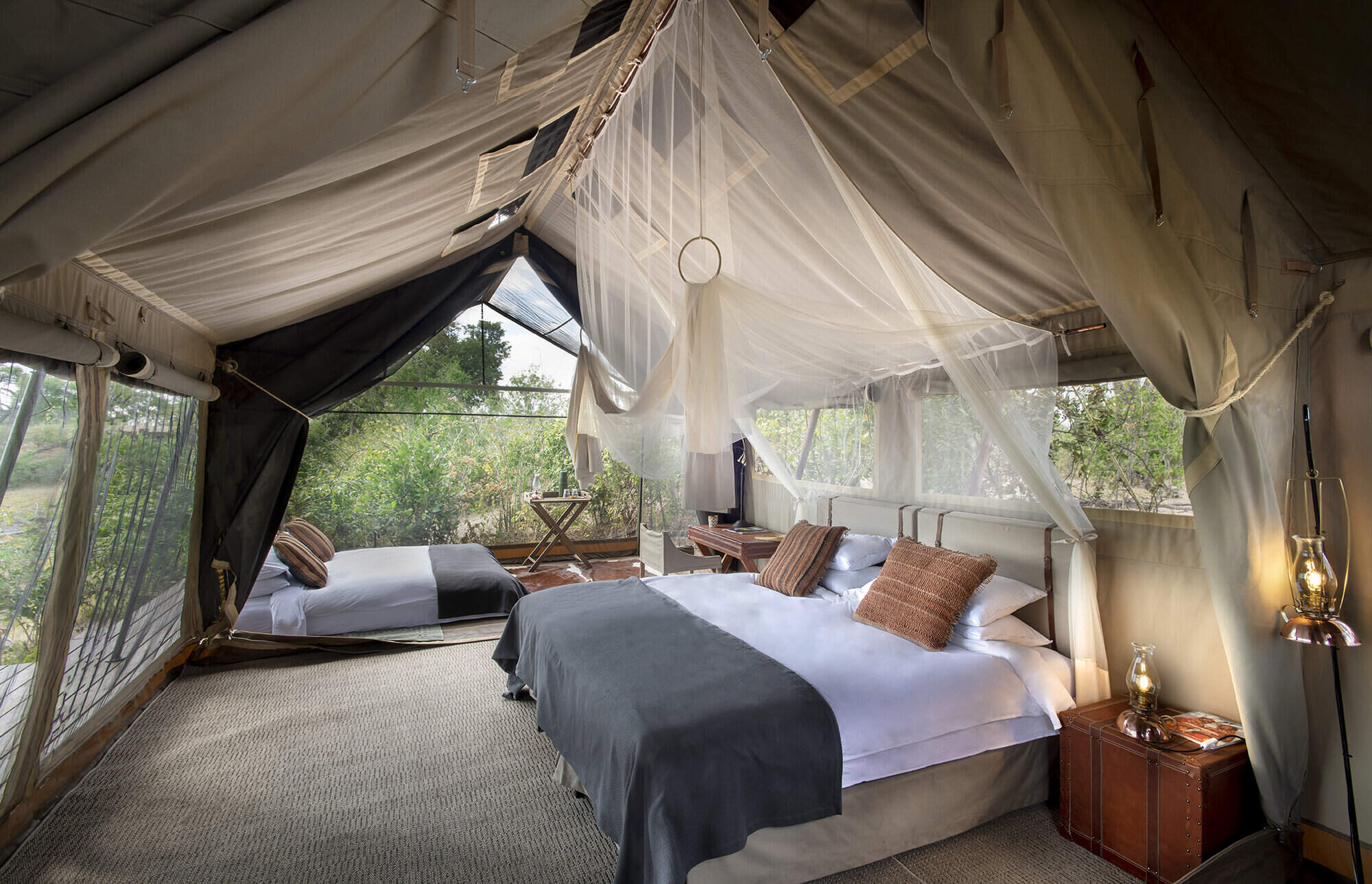
Linyanti Expeditions
Tip-top guiding. In tune with the habitat. Down-to-earth, authentic camp comfort. A place of wilderness safari harmony.
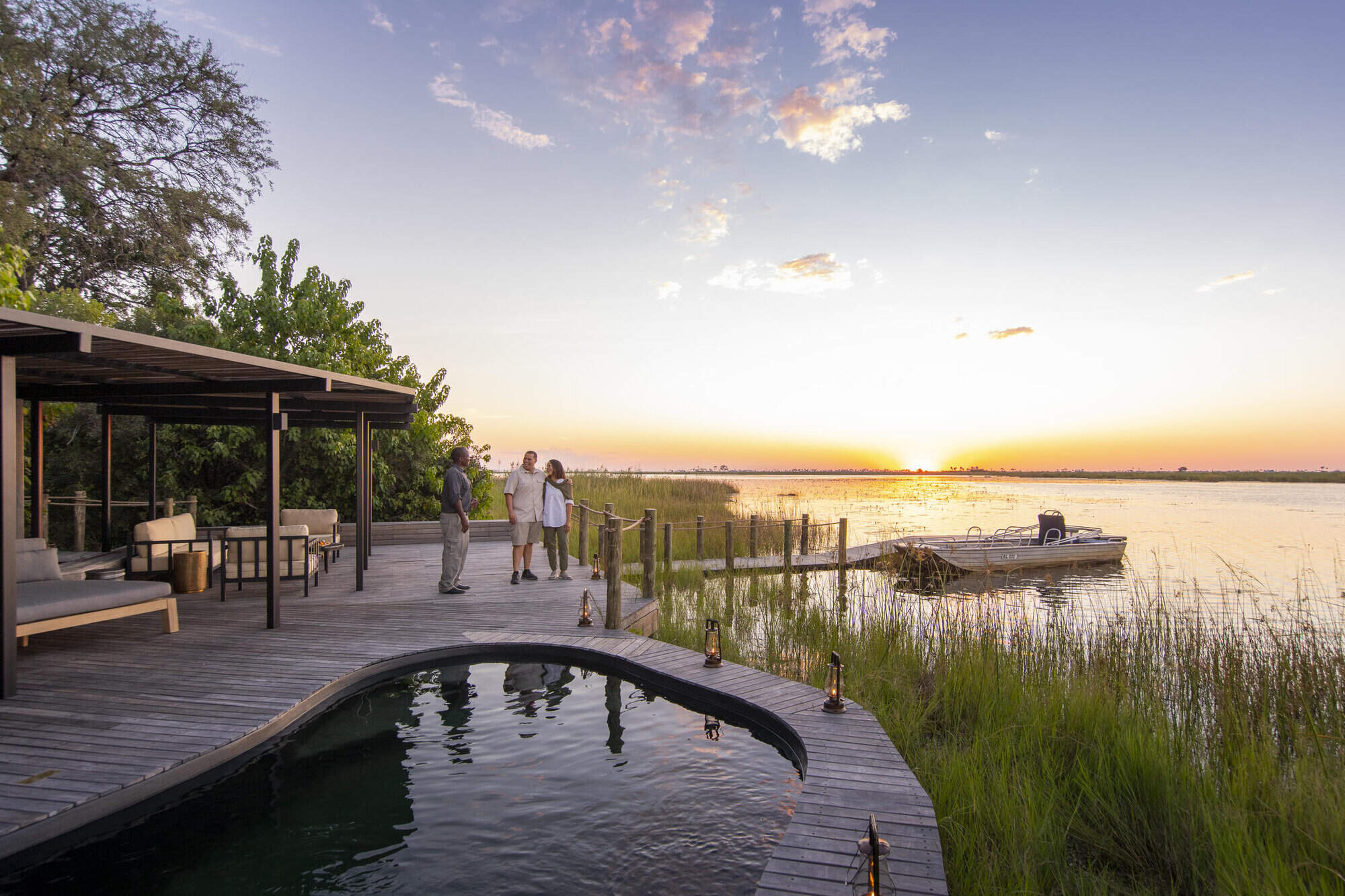
Little DumaTau
Small and sophisticated, Little DumaTau lies adjacent to its larger sibling in the private Linyanti Reserve, overlooking a beautiful lagoon.
When to go to Kwando-Linyanti area
Our month by month guide: What it's like to visit Lagoon Camp in Kwando-Linyanti area
Jan
Feb
Mar
Apr
May
Jun
Jul
Aug
Sep
Oct
Nov
Dec
Kwando-Linyanti area in January
January marks the peak of the rainy season in the Kwando, Linyanti, and Selinda Reserves. Evening thunderstorms bring short but intense rains, cooling the air while temperatures remain warm. Wildlife disperses across the lush landscape due to the abundant water, making game viewing more challenging, though the southern and western parts of the Selinda Reserve still offer rewarding sightings.
The Kwando River and Linyanti floodplains attract water-loving species such as red lechwe, sitatunga, and waterbuck. Migratory birds thrive during this time, offering incredible birdwatching opportunities. The vibrant greenery creates stunning photography backdrops, and lower rates make January a great choice for budget-conscious travellers seeking a quieter, greener safari.
- Warm temperatures with occasional thunderstorms
- Spectacular birdlife, including migratory species
- Wildlife dispersed across lush floodplains
- Zebra and wildebeest migration in full swing
- Good availability at lodges and camps
Our view
A good time to visit, with pros & cons
Weather in January
Kwando-Linyanti area in February
February continues the rainy season with heavy rains and a humid atmosphere. The landscape is vibrant and teeming with life. Insects and smaller animals become more visible, while many species are raising their young, making for fascinating wildlife encounters. The Selinda Spillway and Zibadianja Lagoon are magnets for diverse wildlife during this time.
Thick vegetation and tall grasses can make it harder to spot larger animals, but water-based activities like boat cruises along the Kwando and Linyanti rivers offer superb birdwatching. The reserves’ papyrus reed-beds are home to elusive species like sitatunga, while buffalo and elephants frequent the floodplains. With fewer visitors, February is perfect for those looking for a more intimate safari experience.
- Warm with occasional thunderstorms
- Young animals abundant across the reserves
- Dispersed wildlife across the lush terrain
- Birds thriving, many in breeding plumage
- Excellent camp availability and low visitor numbers
Our view
This is not a great time to visit
Weather in February
Kwando-Linyanti area in March
March marks the tail end of the rainy season, with sunny days becoming more frequent and occasional afternoon thunderstorms still sweeping through. The landscape remains lush, with many animals finishing raising their young. Predators like lions and wild dogs are more active, taking advantage of plentiful prey.
Birdwatching is still rewarding, although some migratory species start to leave as the season progresses. The Kwando River and its channels provide excellent fishing and wildlife viewing opportunities. As the rains taper off, game drives become more productive, particularly in open areas of the reserves.
- Variable weather with clearer skies and rains decreasing
- Wildlife well-fed and thriving in lush surroundings
- Birdlife remains spectacular, though migrants begin to leave
- Lower rates and fewer visitors at camps
Our view
A good time to visit, with pros & cons
Weather in March
Kwando-Linyanti area in April
April is a transitional month in the Kwando, Linyanti, and Selinda Reserves, marking the shift from the wet to dry season. Rainfall becomes less frequent, giving way to clear skies and a verdant landscape. Night temperatures start to drop, especially in areas further from water.
As vegetation begins to thin, wildlife viewing improves, with increased predator-prey activity around water sources. The Selinda Spillway becomes a focal point for diverse wildlife, including elephants, buffalo, and various antelope species. Predator activity starts to become more visible, particularly around permanent water sources. Walking safaris and boat cruises offer unique ways to explore the ecosystem. With the shoulder season starting, April provides good value and a mix of lush scenery and growing wildlife activity.
- Cooler evenings with occasional light rain
- Selinda Spillway ideal for diverse wildlife sightings
- Good predator-prey interactions observable
- Excellent conditions for walking safaris and boat trips
- Shoulder season rates make this a popular month
Our view
A good time to visit, with pros & cons
Weather in April
Kwando-Linyanti area in May
May is one of the best months to visit the Kwando, Linyanti, and Selinda Reserves. With almost no rain, temperatures cool further in the mornings and evenings, increasing predator activity. Wildlife begins to concentrate around permanent water sources like the Linyanti and Kwando rivers, providing superb game viewing opportunities, especially of elephants and buffalo.
The Selinda Reserve’s diverse landscapes attract a variety of species, and walking safaris in the Kwando Reserve provide close-up wildlife encounters. Crisp, clear air enhances photography, capturing the vibrant wildlife and scenic beauty. May offers a balance of fantastic wildlife sightings, pleasant weather, and the final stretch of shoulder-season rates.
- Cool mornings and evenings, minimal rain
- Excellent predator activity and game viewing
- Crisp air perfect for photography
- Shoulder season rates - availability limited
Our view
A very good time to visit
Weather in May
Kwando-Linyanti area in June
June signals the start of the dry season, with cool mornings and evenings and warm, sunny days. The clear skies and thinning vegetation make this an excellent month for photography and wildlife viewing. As surface water dries up, animals gravitate to permanent water sources like the Kwando and Linyanti rivers, where predators are often seen stalking prey.
Game viewing excels in the Kwando-Linyanti areas, with improved visibility as vegetation thins, and the Selinda Spillway becomes a wildlife hotspot, attracting elephants, buffalo, and other species. Boat cruises provide a peaceful way to observe water-dependent wildlife, while night drives offer glimpses of nocturnal predators and other species. June’s popularity means high demand for camps, so early bookings are essential.
- Warm days, cold nights—ideal safari conditions
- Excellent conditions for wildlife photography
- Animals congregating around water sources
- Vegetation thinning, improving visibility
- Peak season begins with higher rates
Our view
Fantastic: the very best time to visit
Weather in June
Kwando-Linyanti area in July
July offers excellent game viewing conditions. Cool mornings and evenings are ideal for wildlife activity. The landscape is drier, concentrating animals around remaining water sources. The Kwando and Linyanti rivers become crucial for wildlife, attracting large herds of elephants and buffalo. Predator sightings increase, especially around waterholes. The Selinda Reserve's diverse habitats support a wide range of species, from big cats to rare antelopes.
It's one of the best months for walking safaris - cool and fresh in the mornings, with thinning vegetation enhancing visibility. Boat cruises provide serene views of the rivers and their surrounding wildlife. Night drives reveal fascinating nocturnal species, though temperatures can be chilly, so warm clothing is essential. July's popularity means camps are often fully booked, so early reservations are essential.
- Comfortable days, cold mornings and nights
- Excellent game viewing around waterholes and rivers
- Walking safaris and boat cruises highly recommended
- Peak season with camps often fully booked
Our view
Fantastic: the very best time to visit
Weather in July
Kwando-Linyanti area in August
August is a peak safari month, with warm days and cool nights offering comfortable conditions. Wildlife is highly concentrated around water sources, providing exceptional game viewing. The Selinda Spillway becomes a focal point for predators and prey, with frequent sightings of elephants, buffalo, and big cats.
Boat cruises along the Kwando and Linyanti rivers offer a unique perspective on the reserves’ wildlife, while clear skies make for incredible stargazing at night – but it’s cold so bring warm clothes, hats and gloves. August's popularity for northern hemisphere travellers means limited availability and higher rates at most camps.
- Dry, warm days with cool nights
- Wildlife activity peaks around water sources
- Okavango floods usually reach Selinda Spillway
- Super stargazing on clear nights
- High rates and limited availability in camps
Our view
Fantastic: the very best time to visit
Weather in August
Kwando-Linyanti area in September
September is a favourite for wildlife enthusiasts, with probably the best wildlife viewing of the year. Daytime temperatures are warming, but nights remain cool. The dry landscape concentrates wildlife around permanent water sources like the Kwando and Linyanti rivers, and along the Selinda Spillway. Large herds of elephants and buffalo are common on the floodplains, and predator sightings increase, with higher chances of witnessing dramatic hunting interactions.
The return of migratory birds like carmine bee-eaters adds a splash of colour to the reserves, enhancing birdwatching. The dry, hazy conditions create dramatic sunsets, while boat cruises and game drives offer rewarding, laid-back wildlife encounters. September’s popularity means high rates and limited availability at most camps, with early booking is essential.
- Warm days, cool nights—prime safari weather
- Exceptional wildlife viewing and predator activity
- Stunning sunsets and excellent birdwatching
- High season continues with limited availability
Our view
Fantastic: the very best time to visit
Weather in September
Kwando-Linyanti area in October
October is the hottest and driest month in these reserves, creating some of the most concentrated and dramatic wildlife sightings of the year. Animals gather around dwindling water sources, leading to intense predator-prey interactions. The Selinda Spillway becomes a lifeline for both herbivores and carnivores.
Boat cruises offer relief from the heat and a chance to observe water-dependent species. Migratory birds continue to arrive, adding vibrancy to the parched landscape. The clear, hazy conditions create spectacular photographic opportunities, particularly at sunset. Night drives are not nearly so cold and can reveal fascinating nocturnal activities. Despite the daytime heat, October remains a favourite for game viewing.
- Hot days, with chances of rain late in the month
- Outstanding big game sightings around limited water sources
- Excellent birdwatching with arriving migrants
- Water activities limited as floods recede
- Final month of peak season - high demand at camps
Our view
Fantastic: the very best time to visit
Weather in October
Kwando-Linyanti area in November
Sometime in November usually marks the start of the green season as temperatures and humidity rise, leading to the first dramatic thunderstorms. The landscape begins to transform, with fresh greenery spreading across the reserves. Wildlife starts to disperse as waterholes refill, but predator sightings remain good near permanent water sources. The Kwando and Linyanti rivers remain important for the large herds of elephants, and the Selinda Spillway continues to attract wildlife.
This is a fantastic time for birdwatching, with migratory species arriving in abundance. Where available, boat cruises highlight the changing environment, while game drives still offer rewarding wildlife encounters. Early November sees lower rates, making it a good choice for travellers seeking great game viewing at lower rates.
- Hot days with increasing humidity and dramatic thunderstorms
- Green season begins transforming landscape
- Wildlife viewing less predictable but rewarding near rivers
- Migratory birds arrive, enhancing birdwatching
- Shoulder season offers lower rates and good availability
Our view
A good time to visit, with pros & cons
Weather in November
Kwando-Linyanti area in December
December marks the height of the rainy season, bringing welcome relief from the high temperatures. While wildlife viewing becomes more challenging due to the dispersal of animals, skilled guides can still uncover remarkable sightings. The Kwando and Linyanti rivers remain vital habitats, and areas such as the Selinda Reserve offer rewarding game viewing, especially around Zibadianja Lagoon.
The landscape undergoes a dramatic transformation as fresh growth attracts herbivores. Migratory birds are plentiful, making this an excellent time for birdwatching. Although predator sightings are less frequent, they are often spectacular against the vibrant, lush scenery. Luxurious camps offer comfortable retreats during occasional rain showers, and lower-season rates make December an appealing choice for value-conscious travellers seeking a green-season safari.
- Warm with frequent rain storms
- Wildlife more dispersed across the reserves
- Green season in full effect, lush landscapes
- Low season rates make it a value-friendly option
Our view
A good time to visit, with pros & cons
Weather in December

Looking for inspiration on where to travel next?
Visit our trip chooser to explore your options and find inspiration for your perfect African adventure
Inspire me